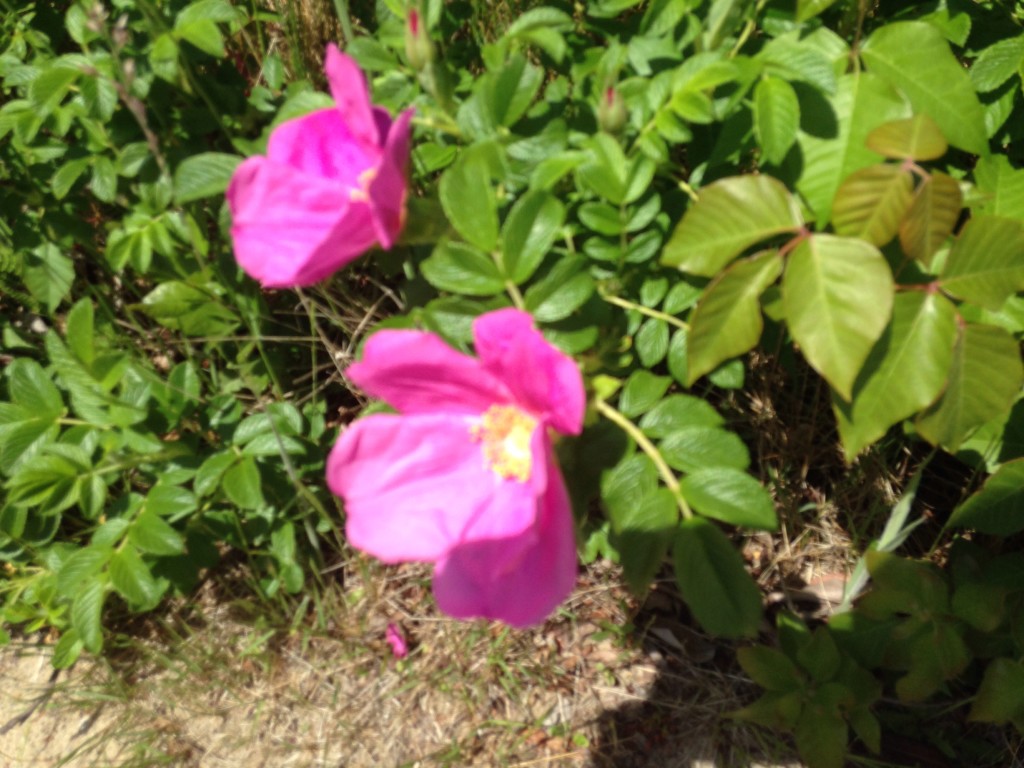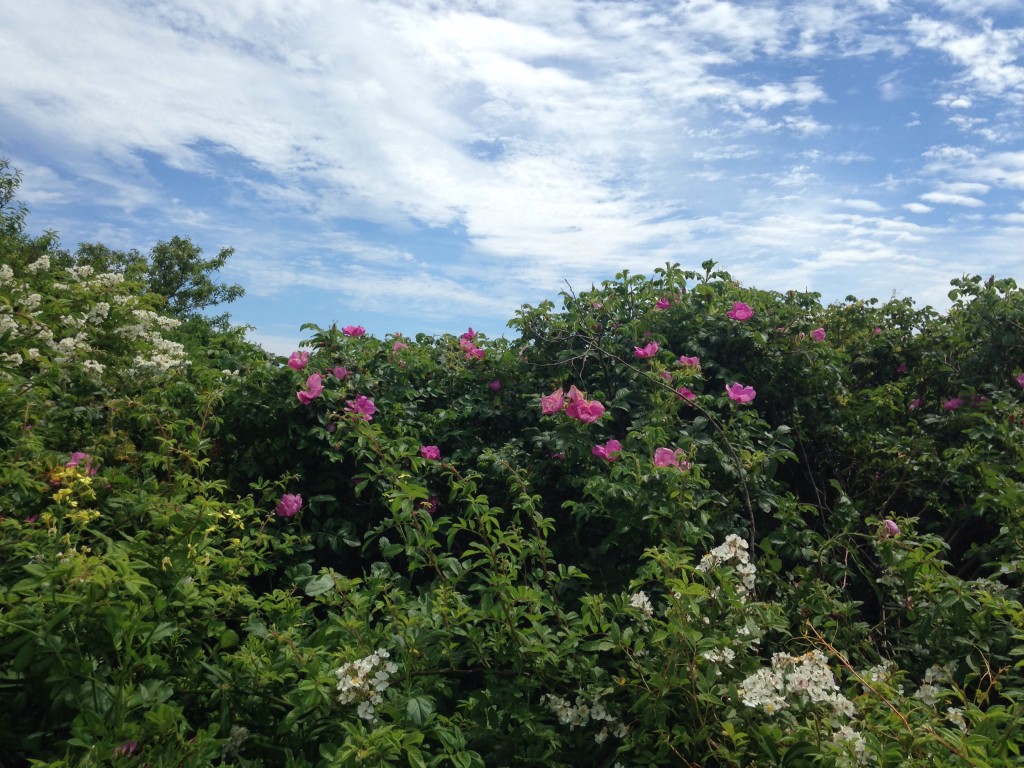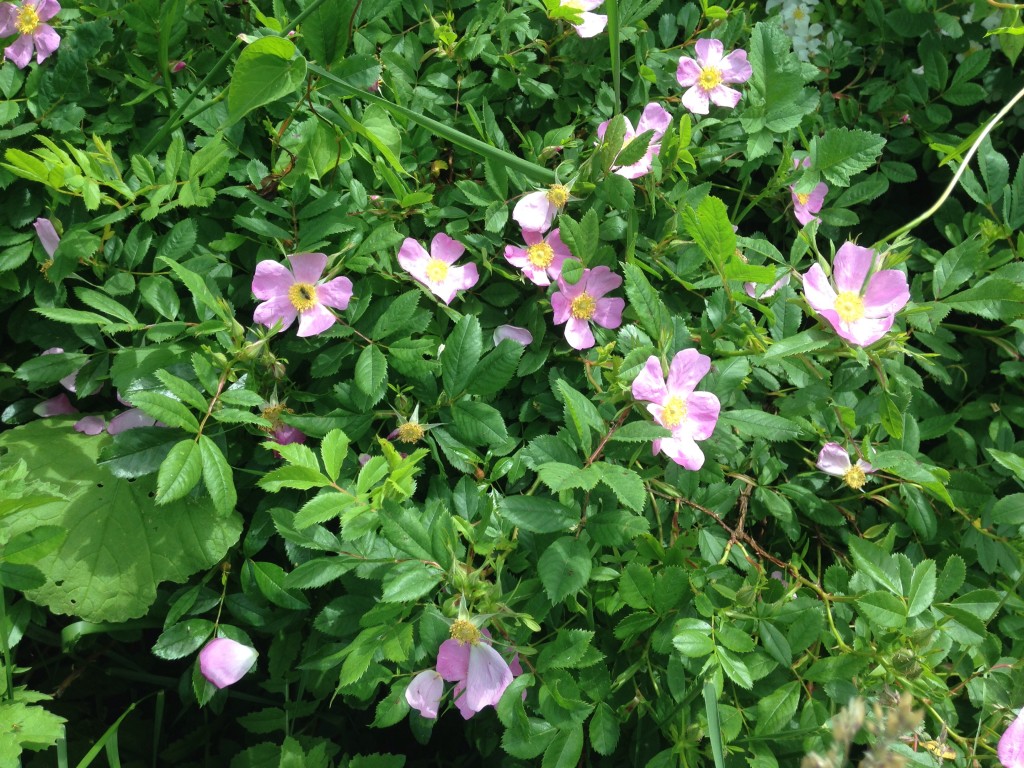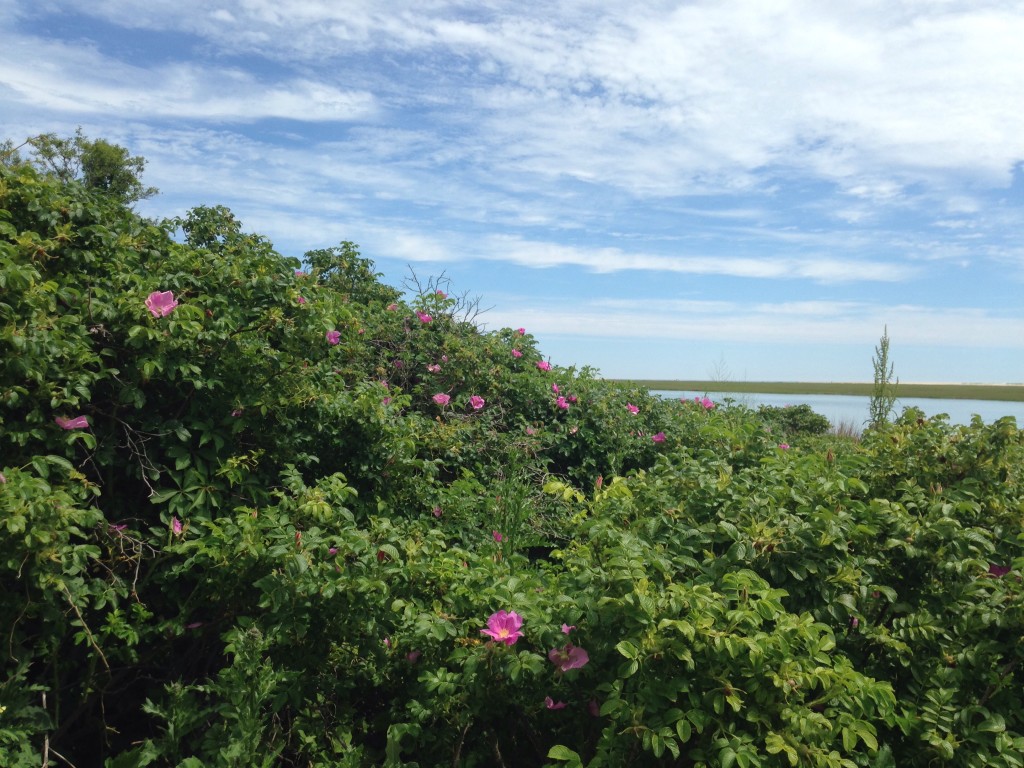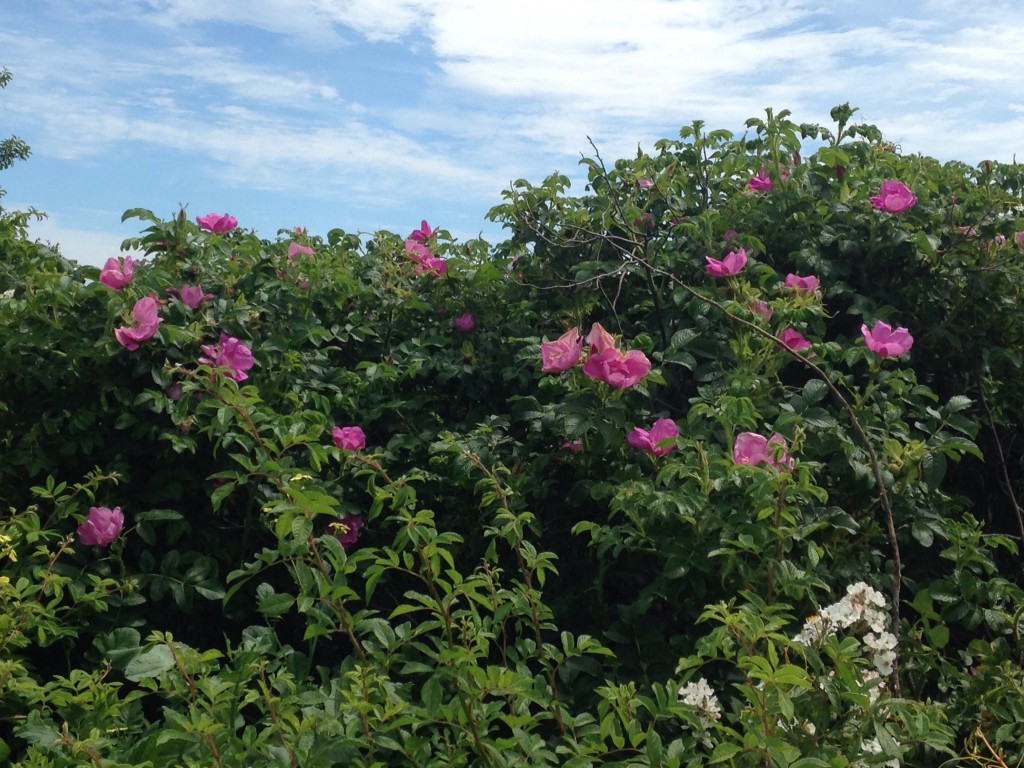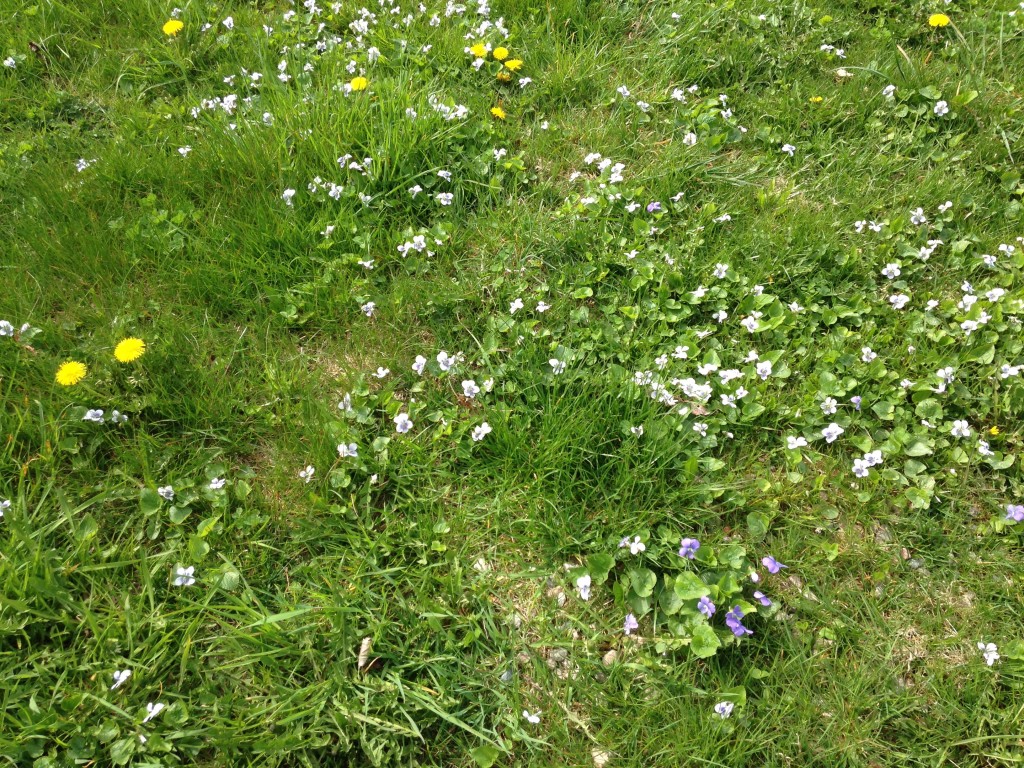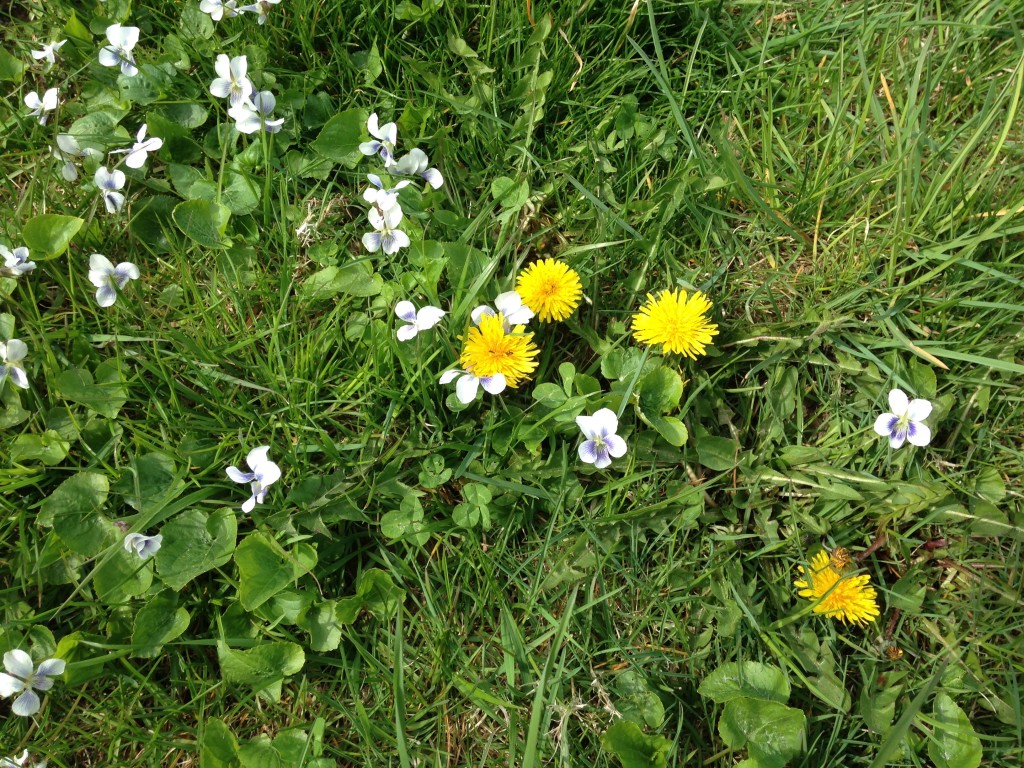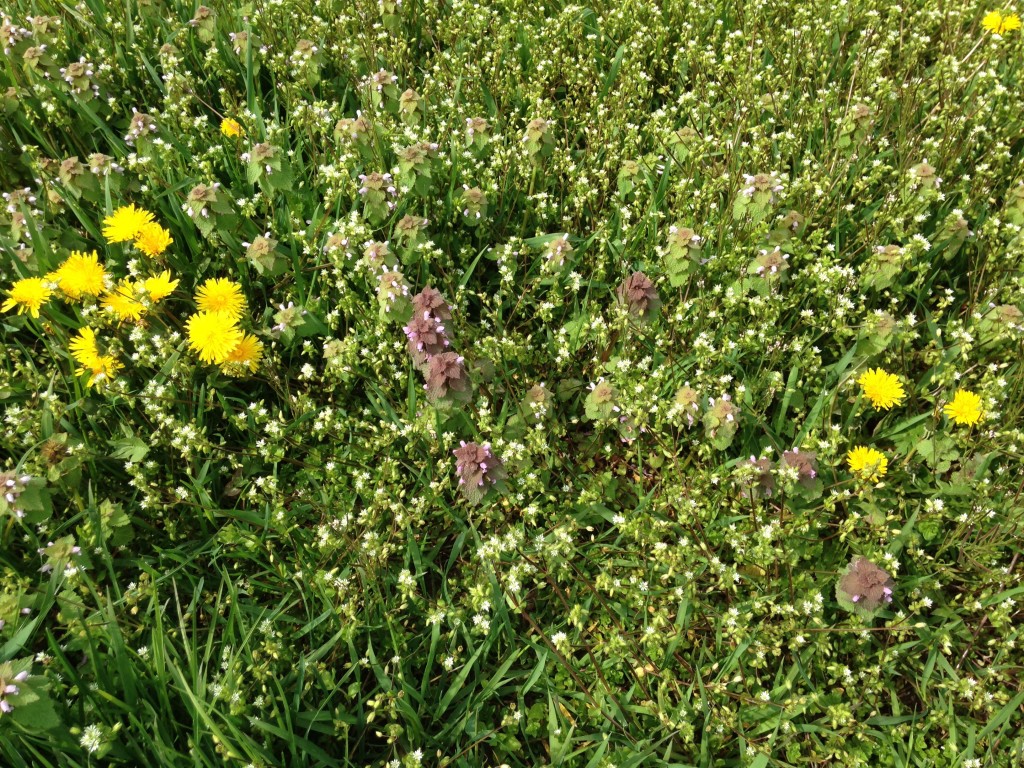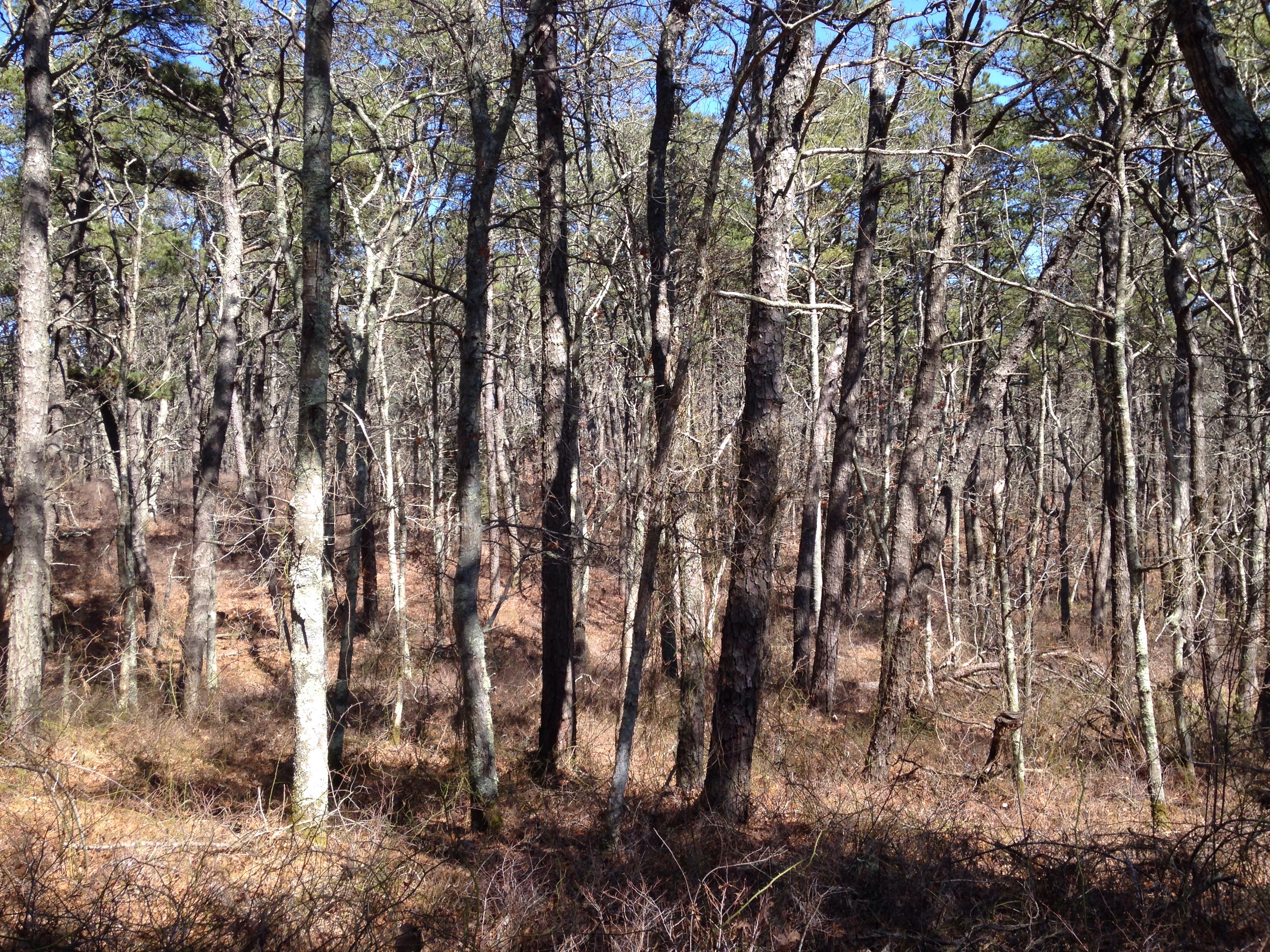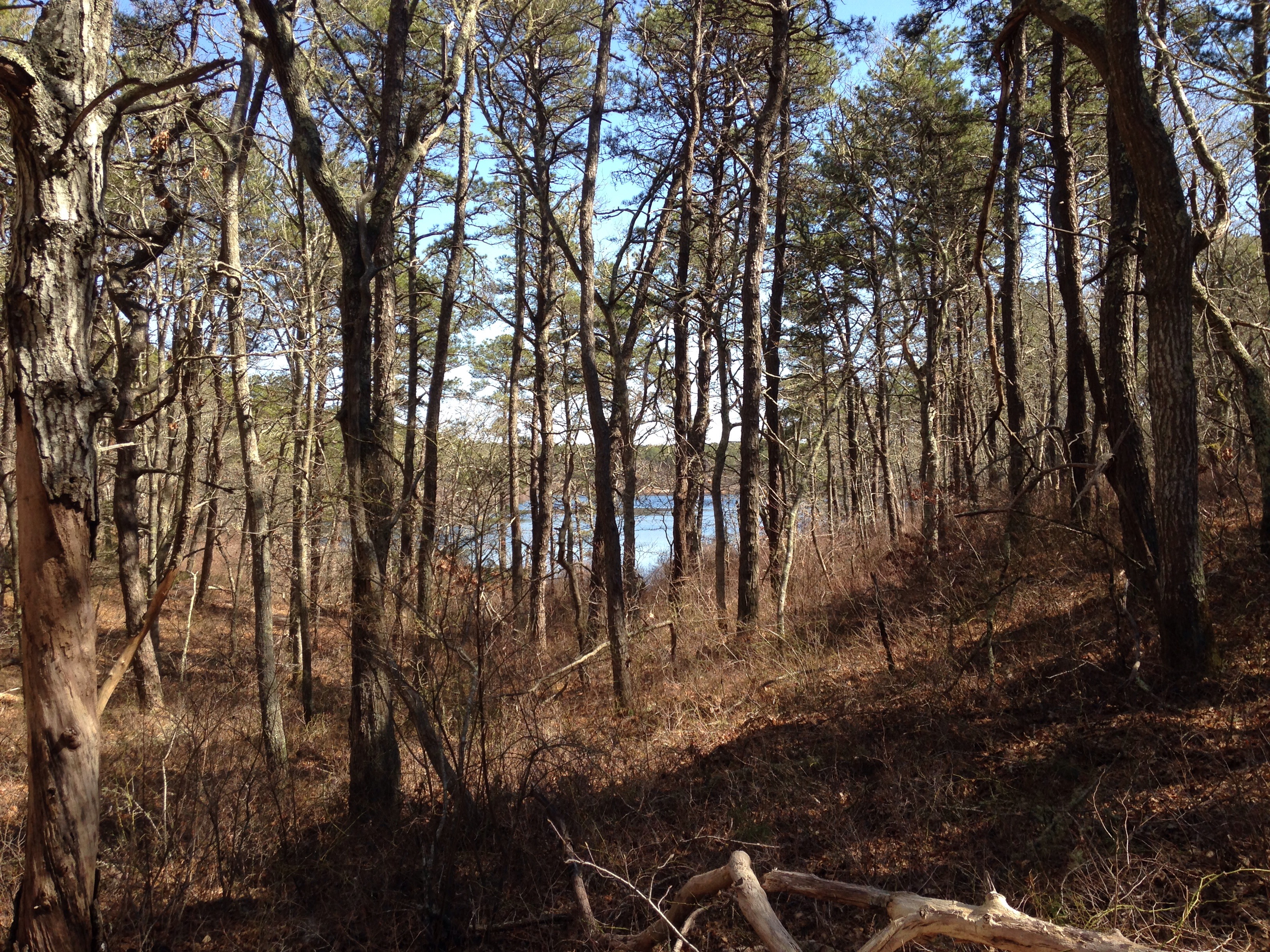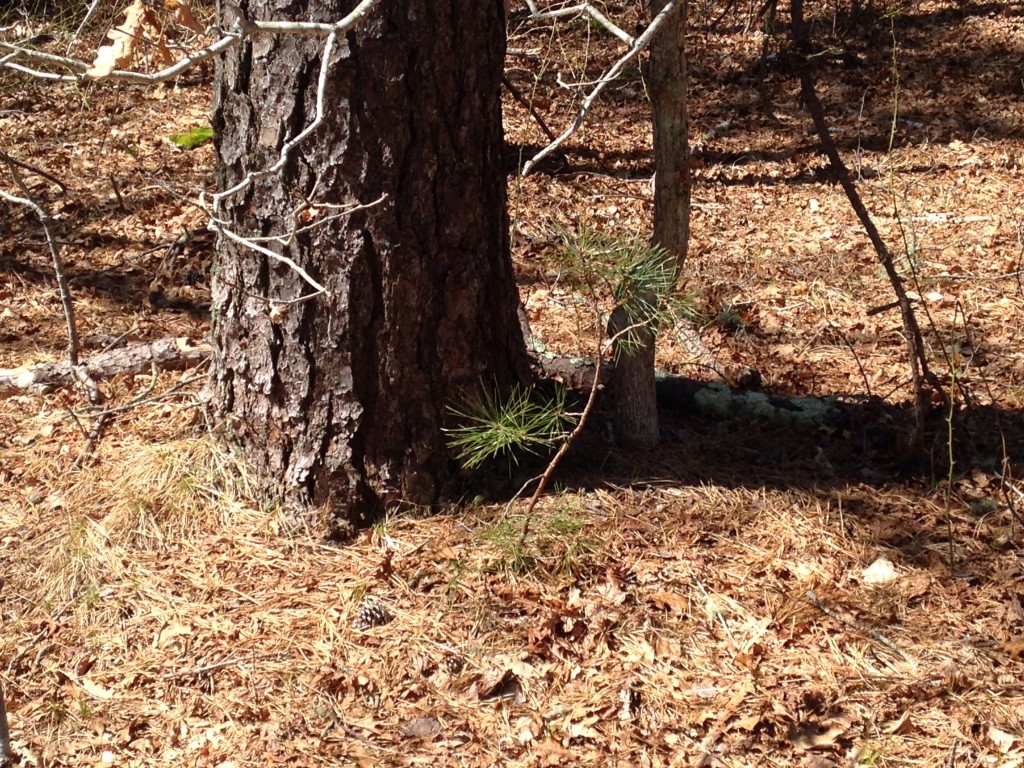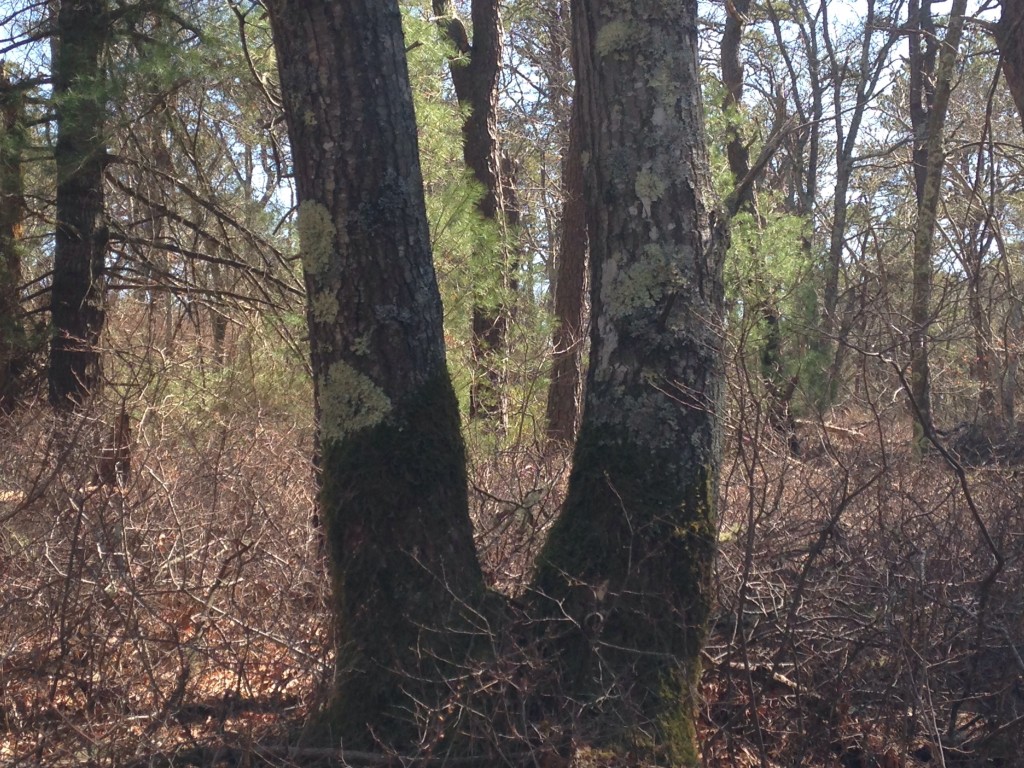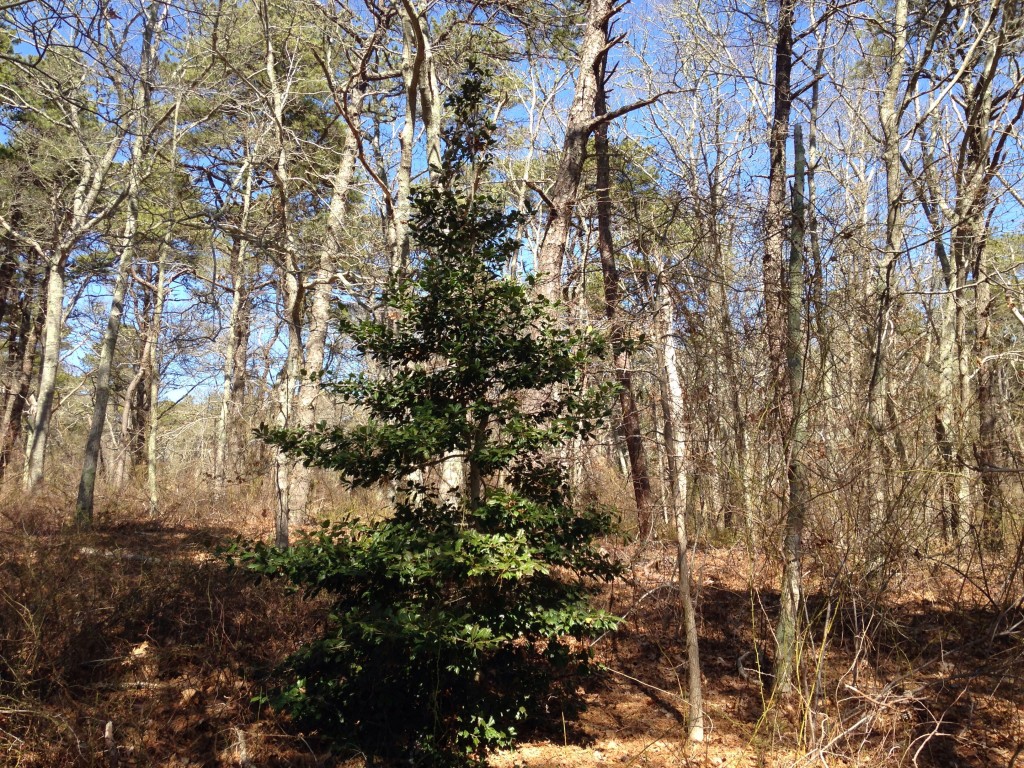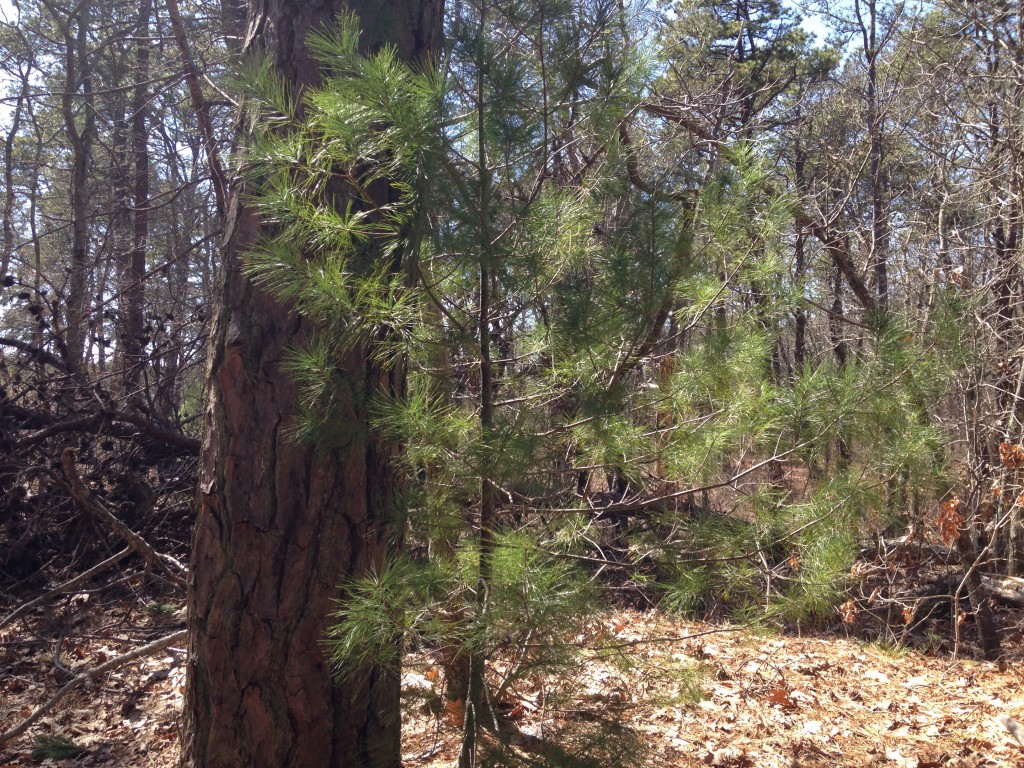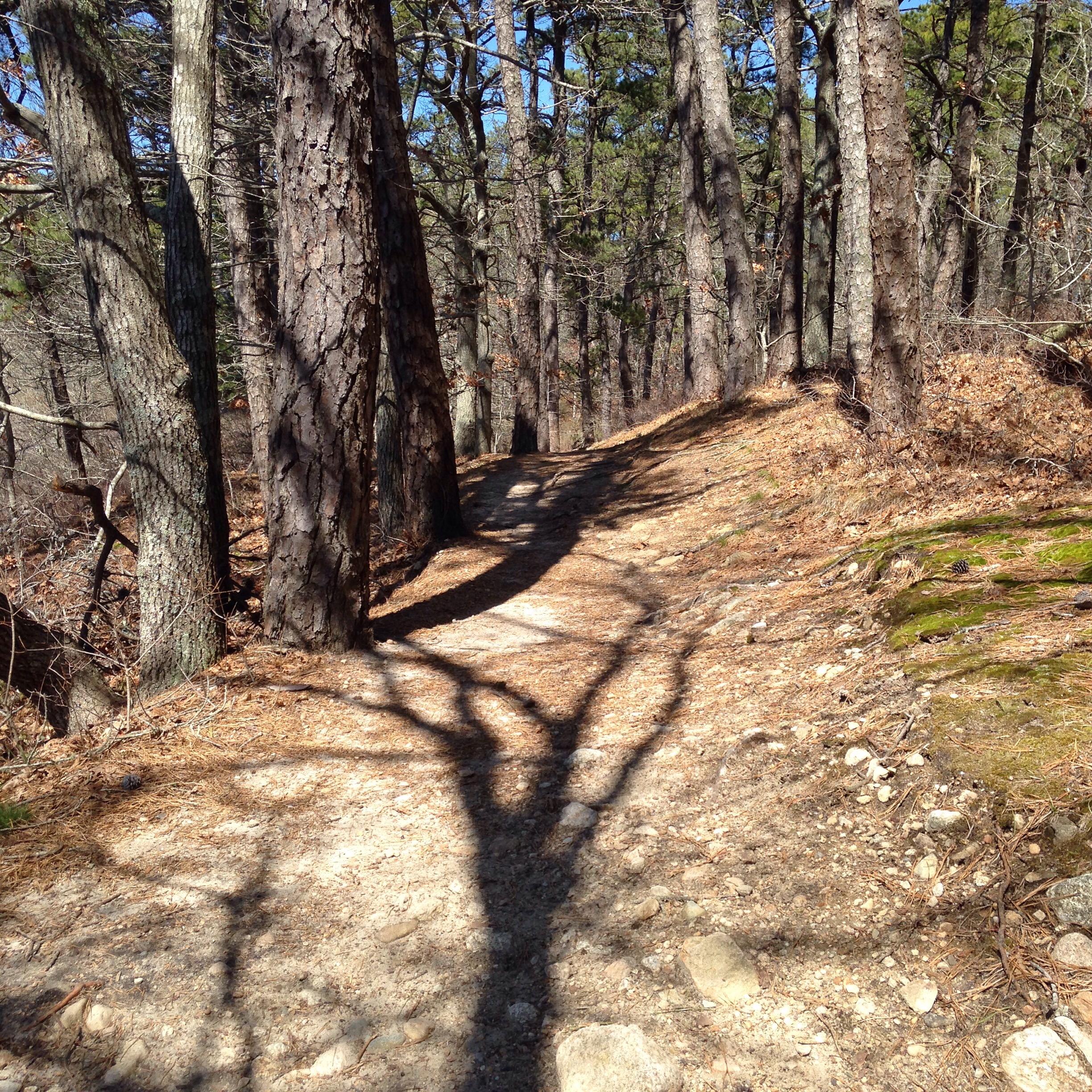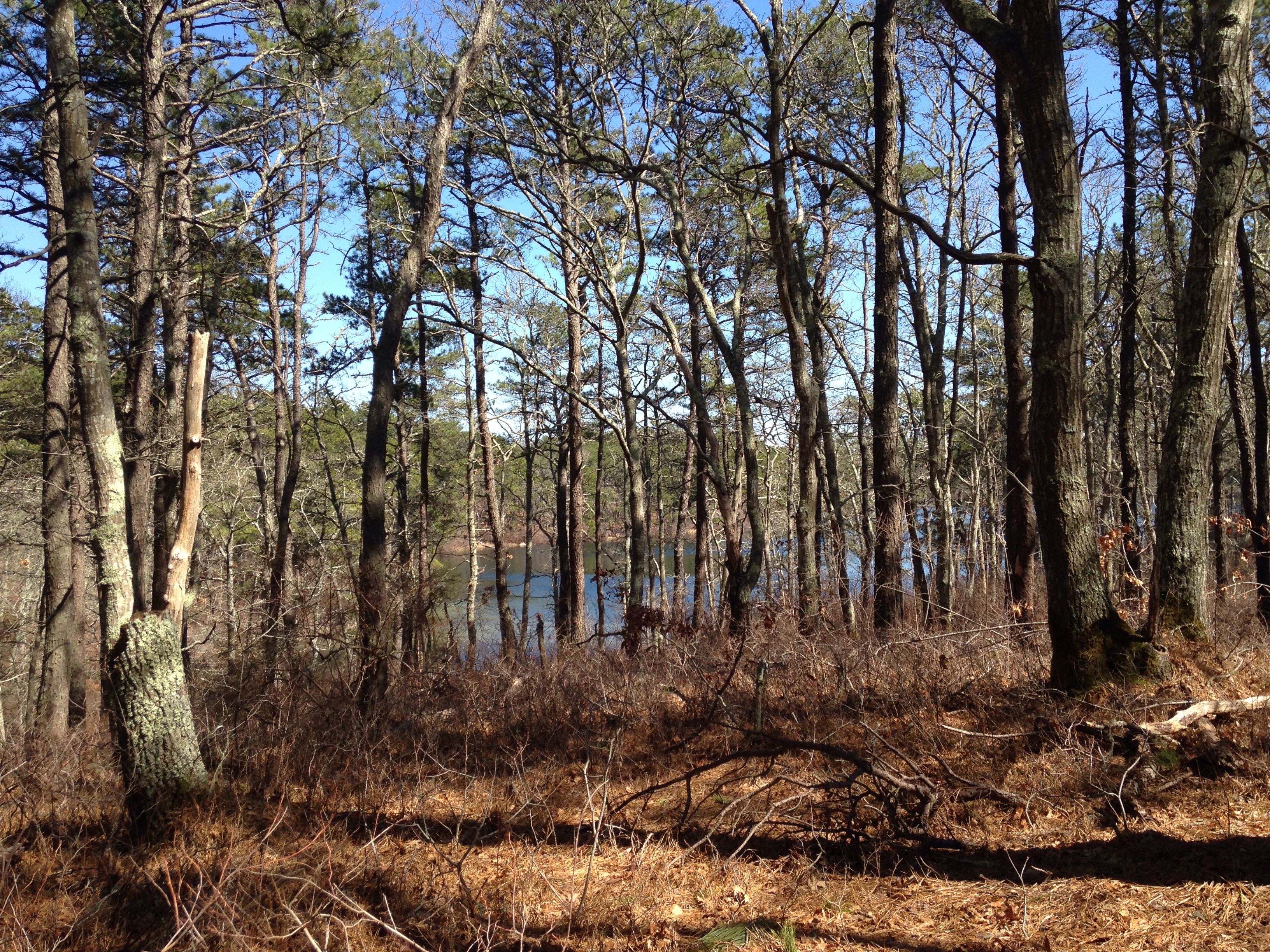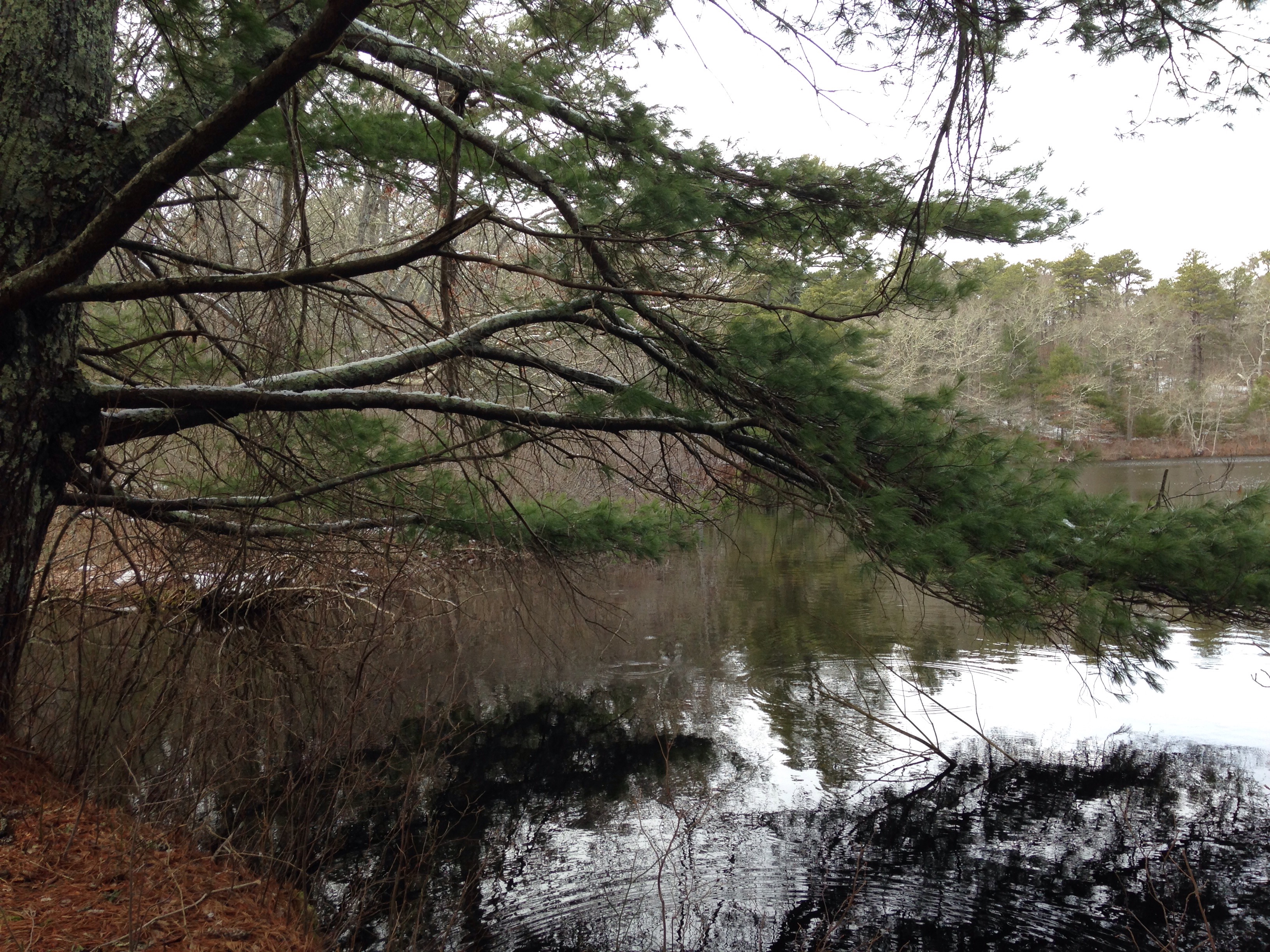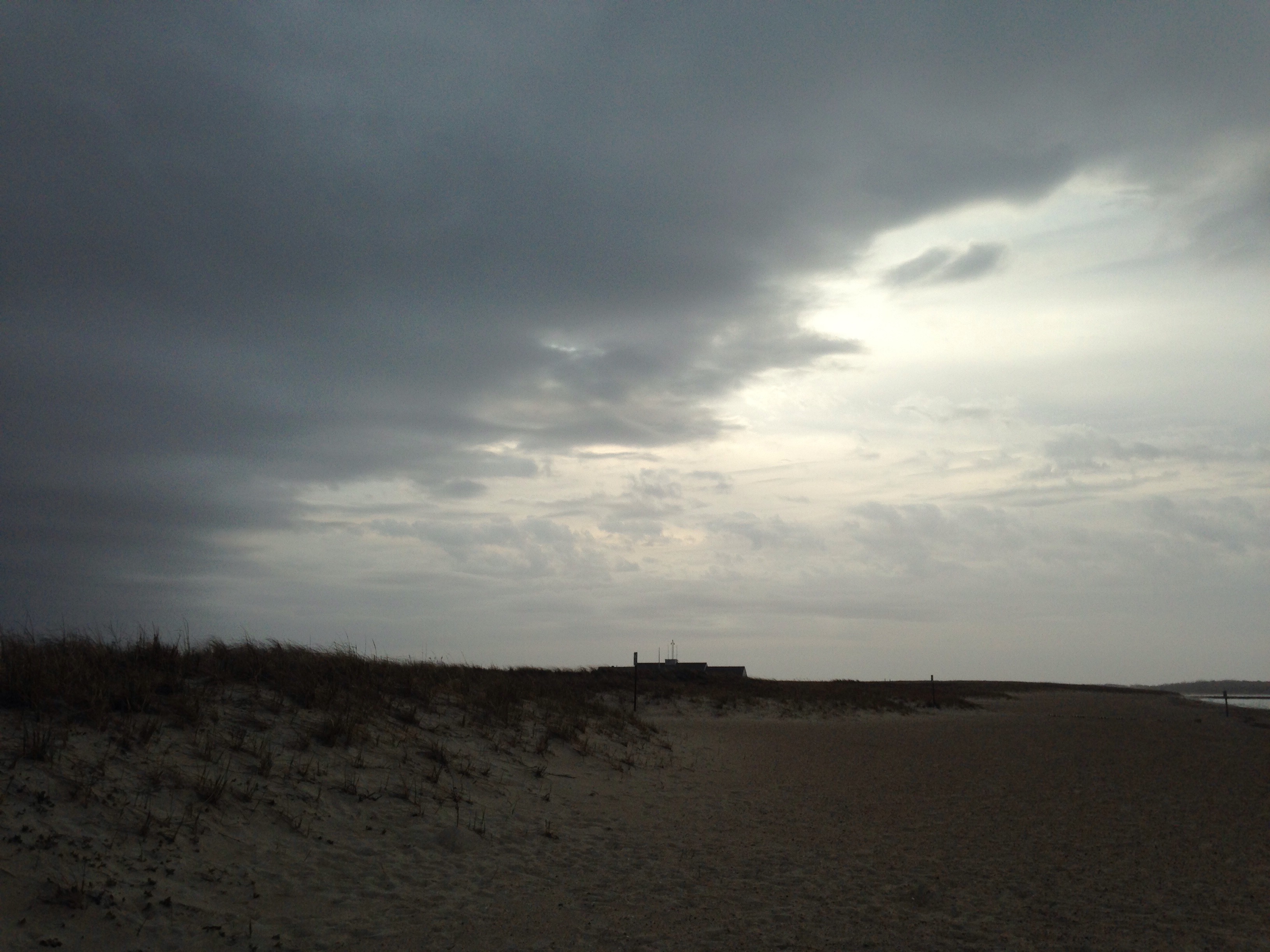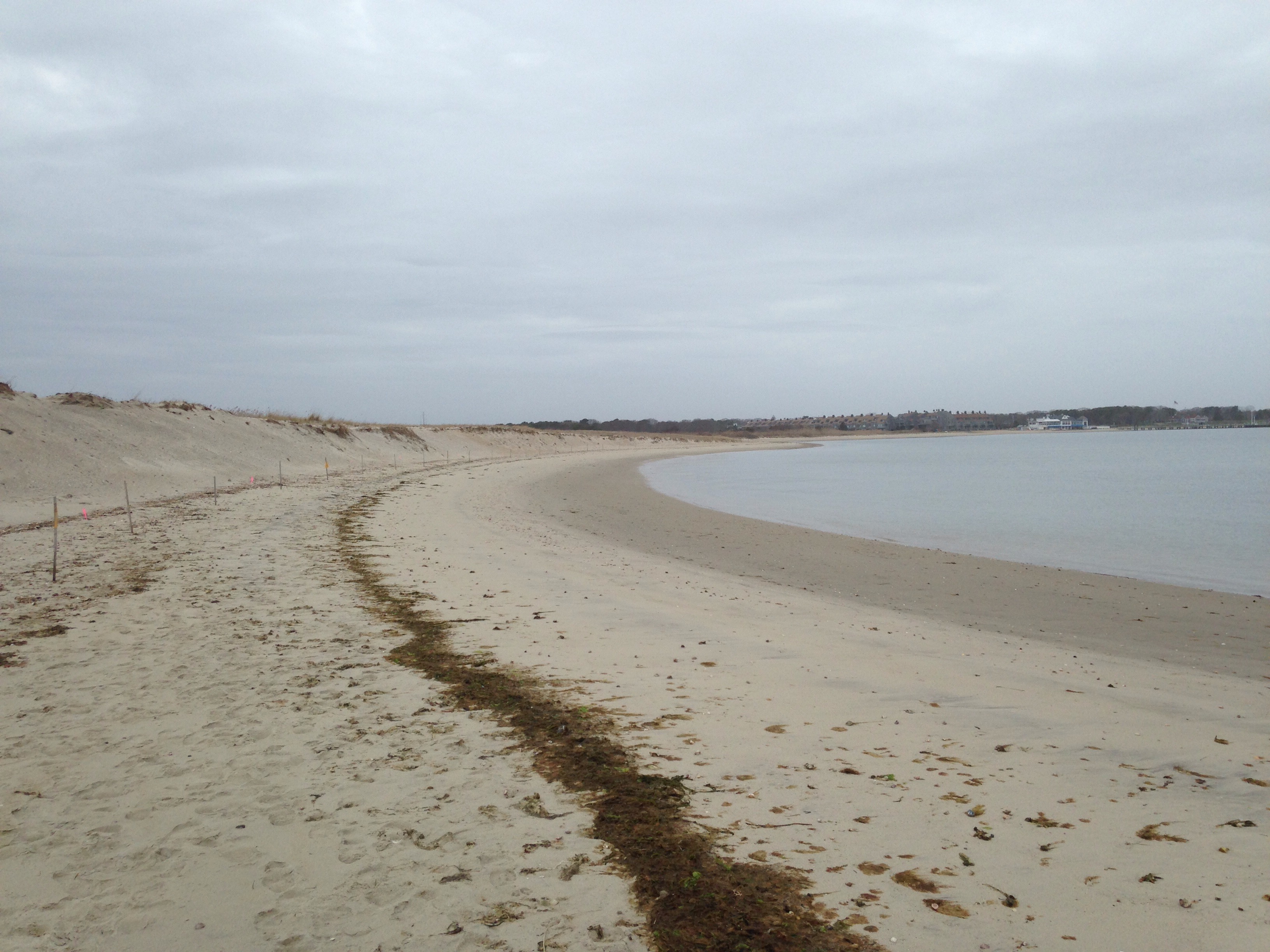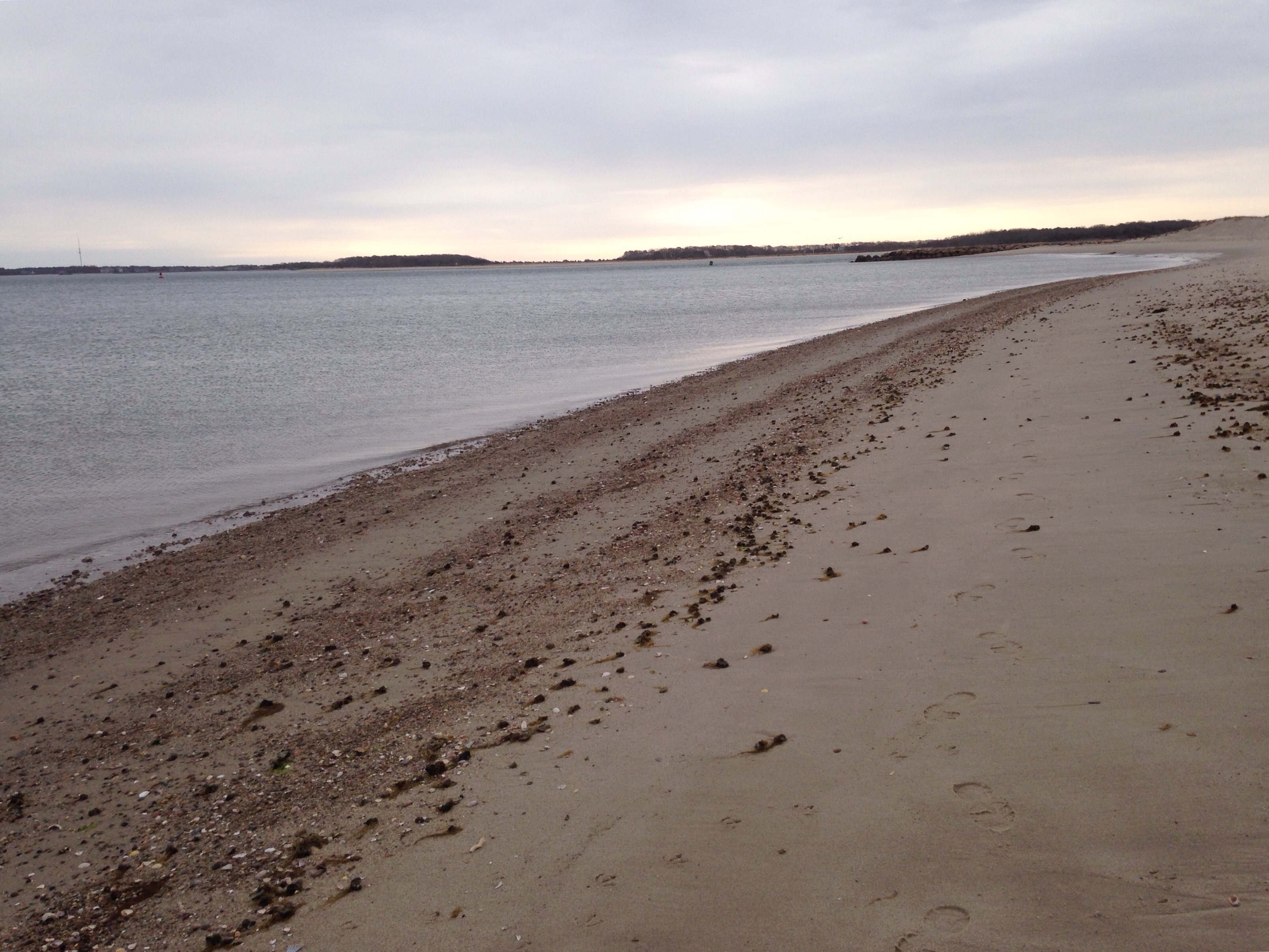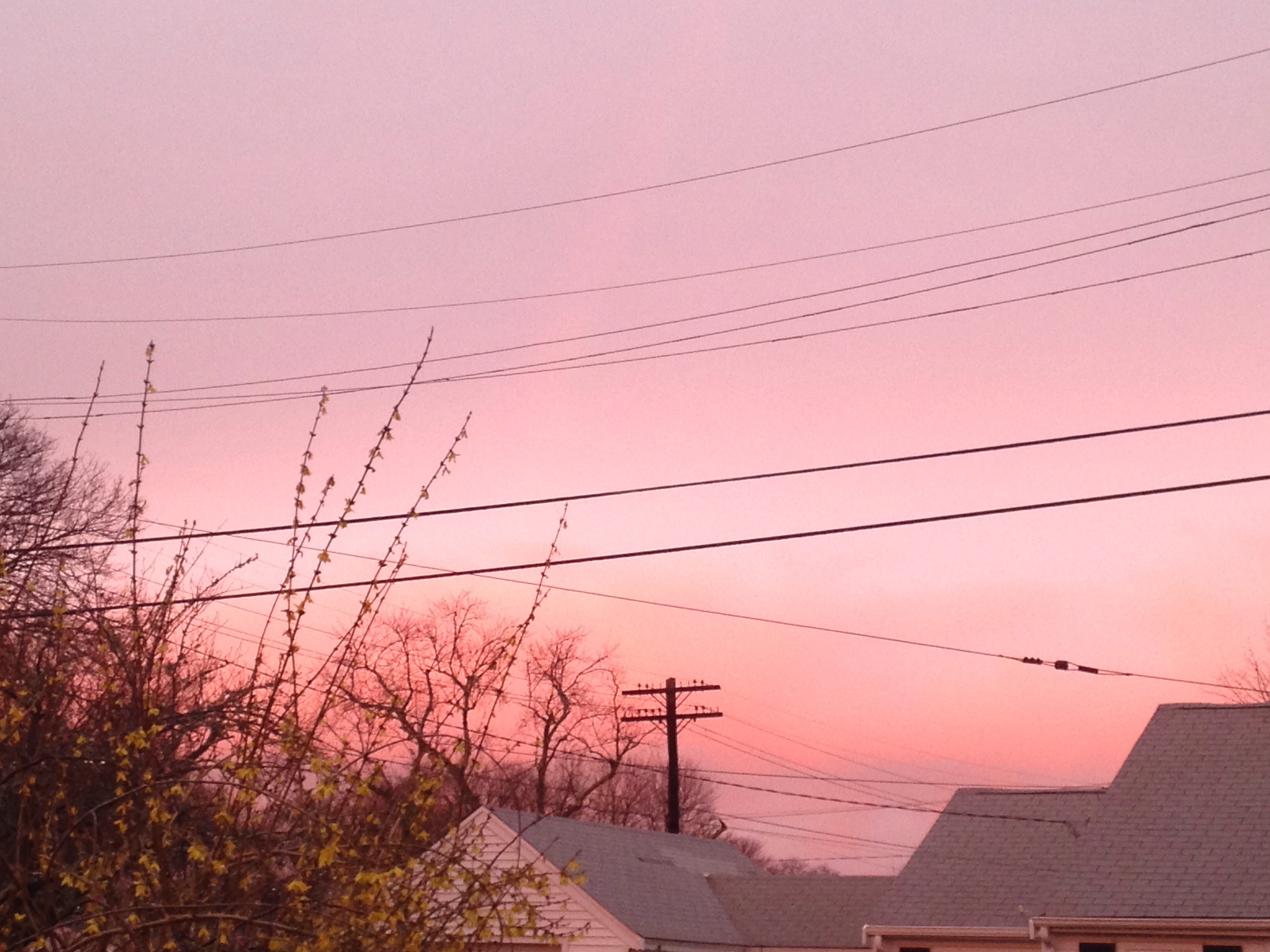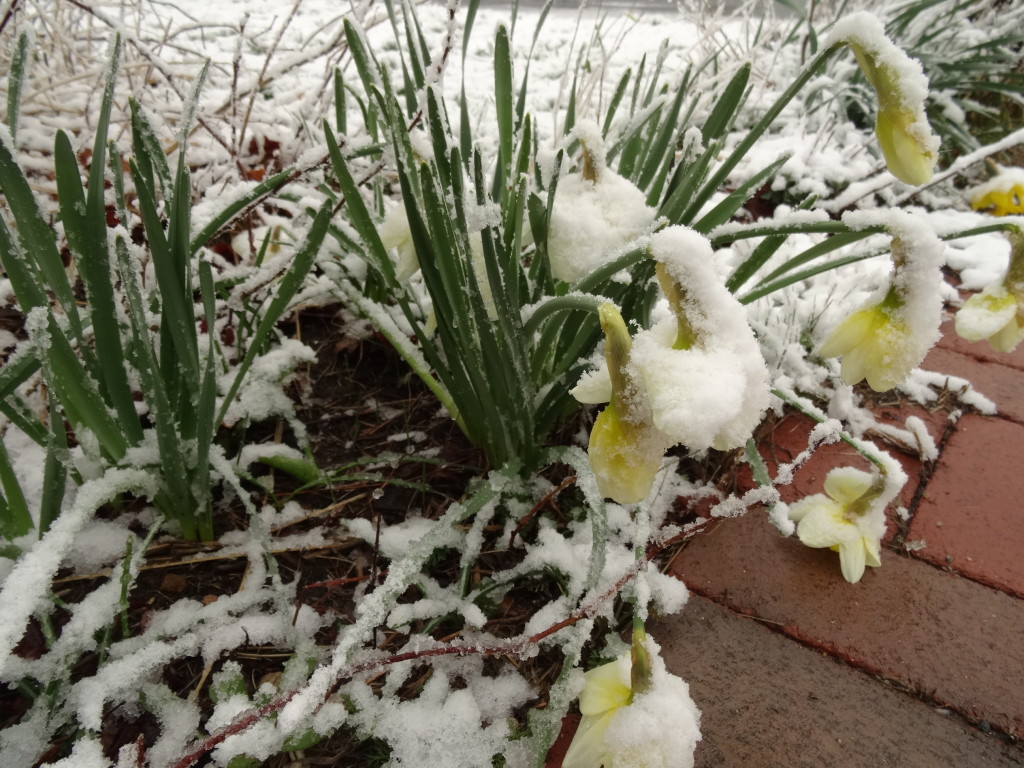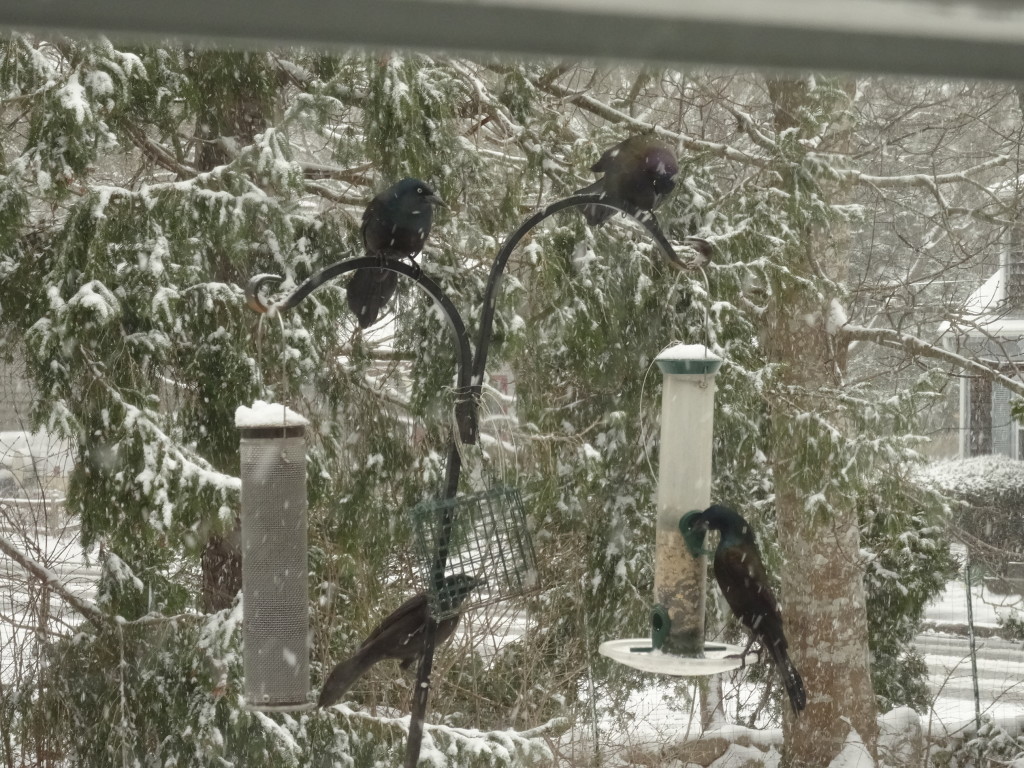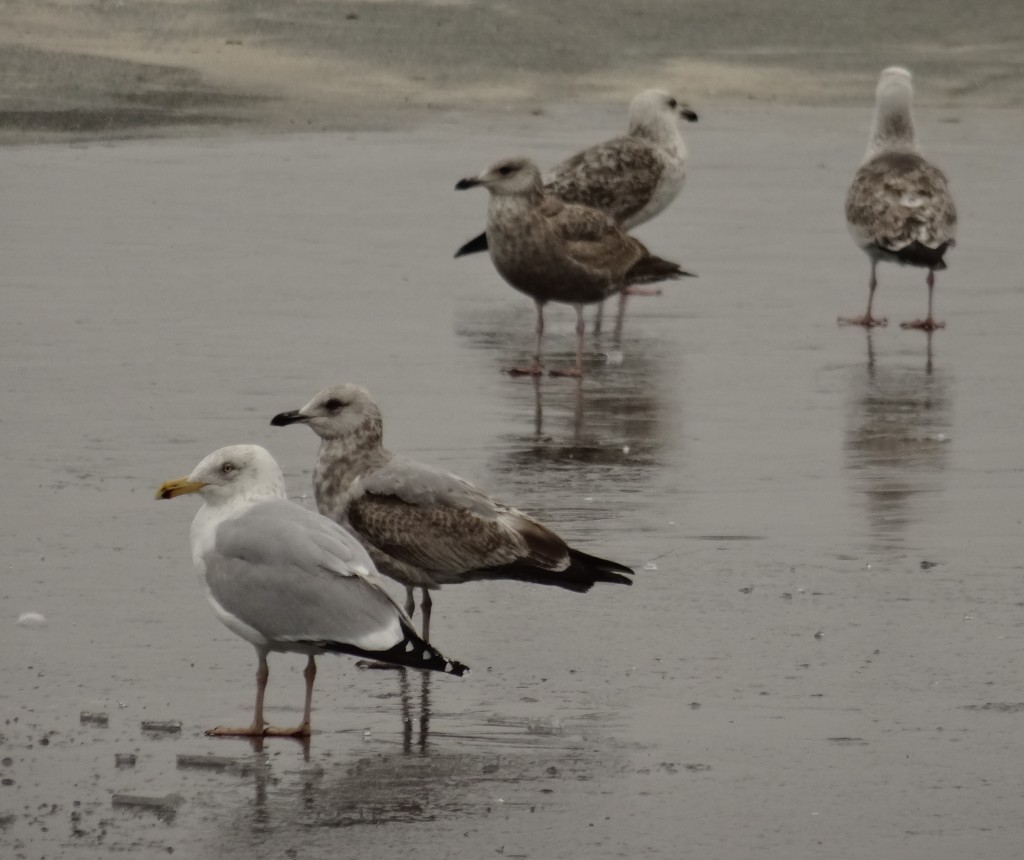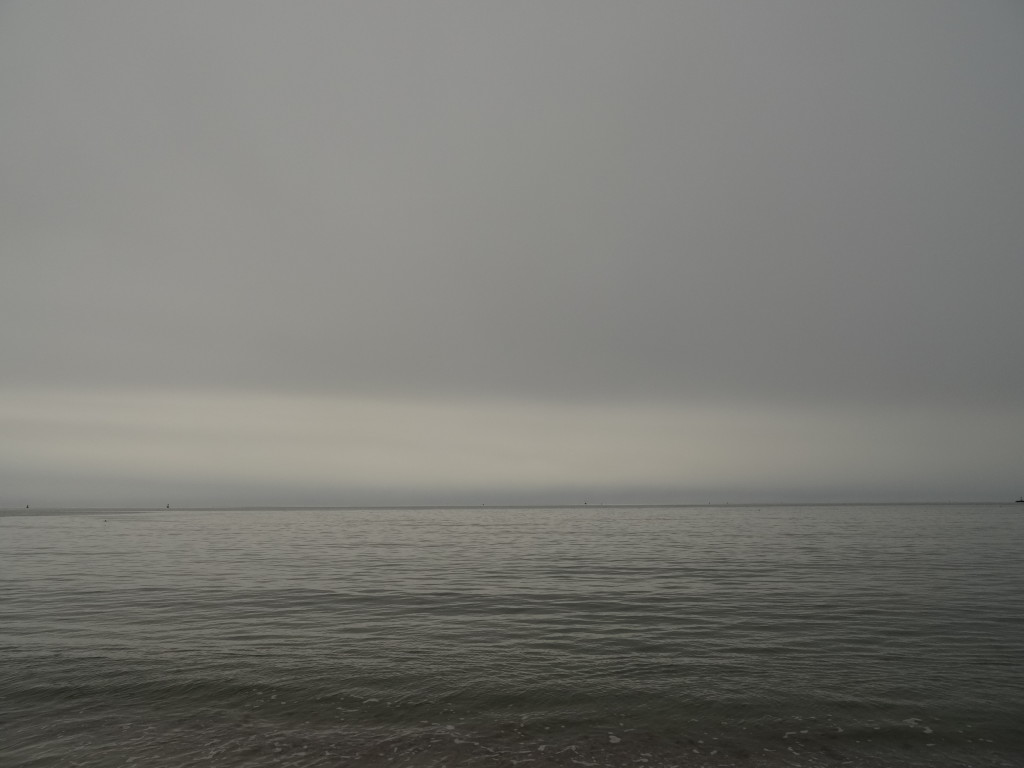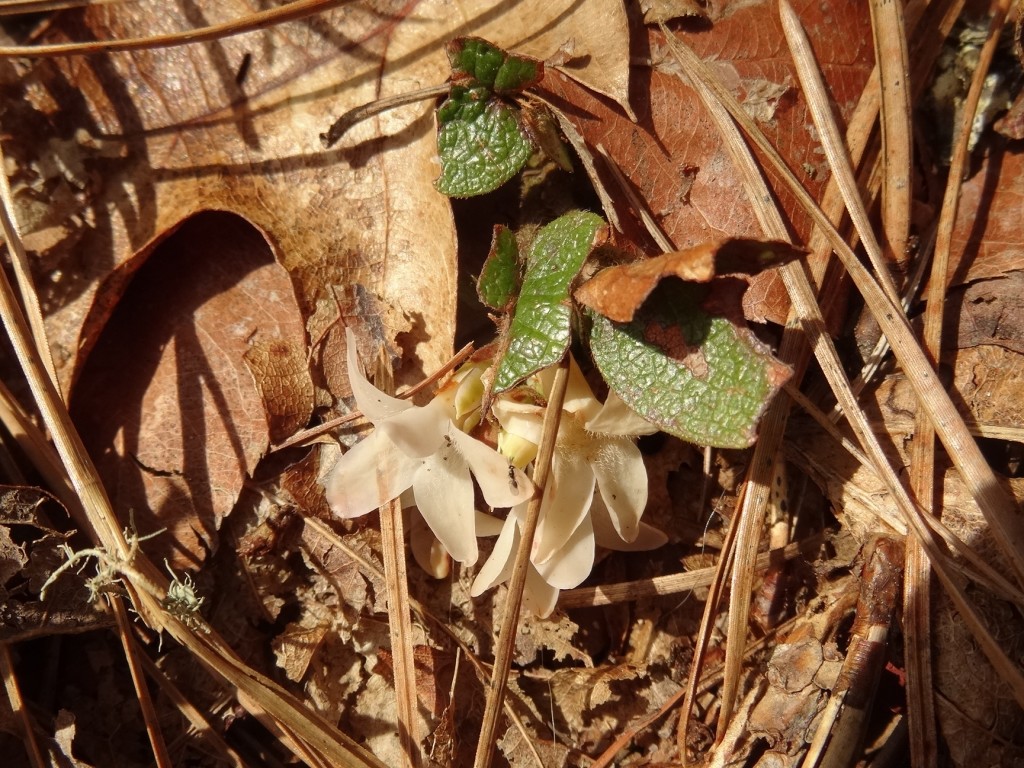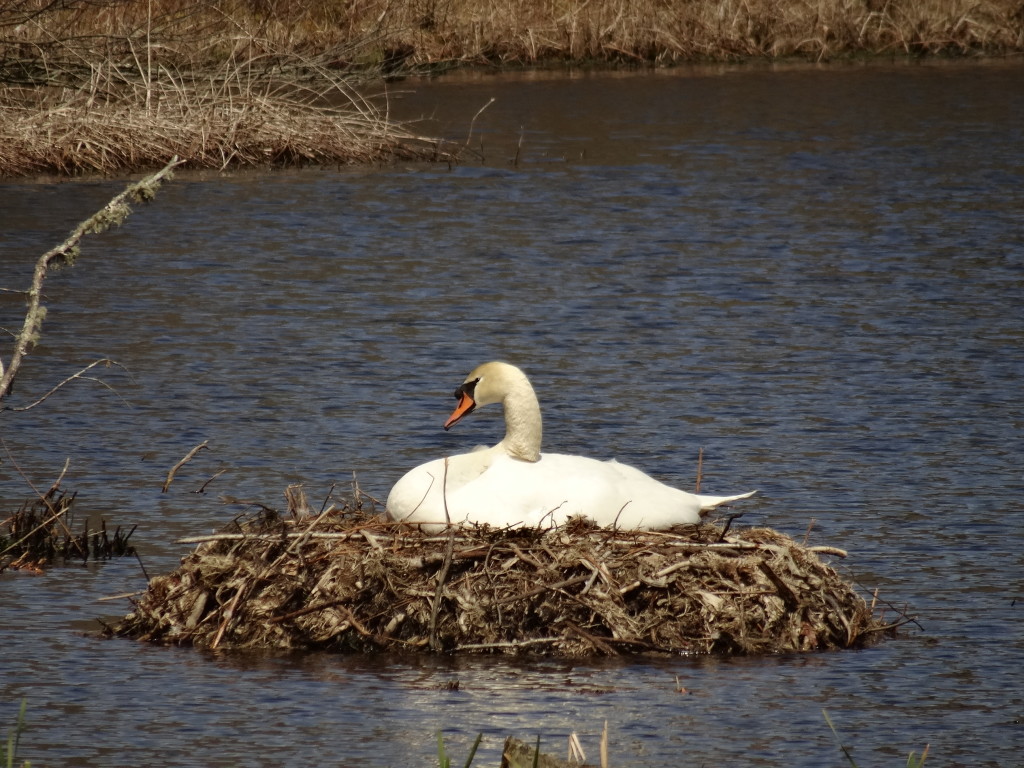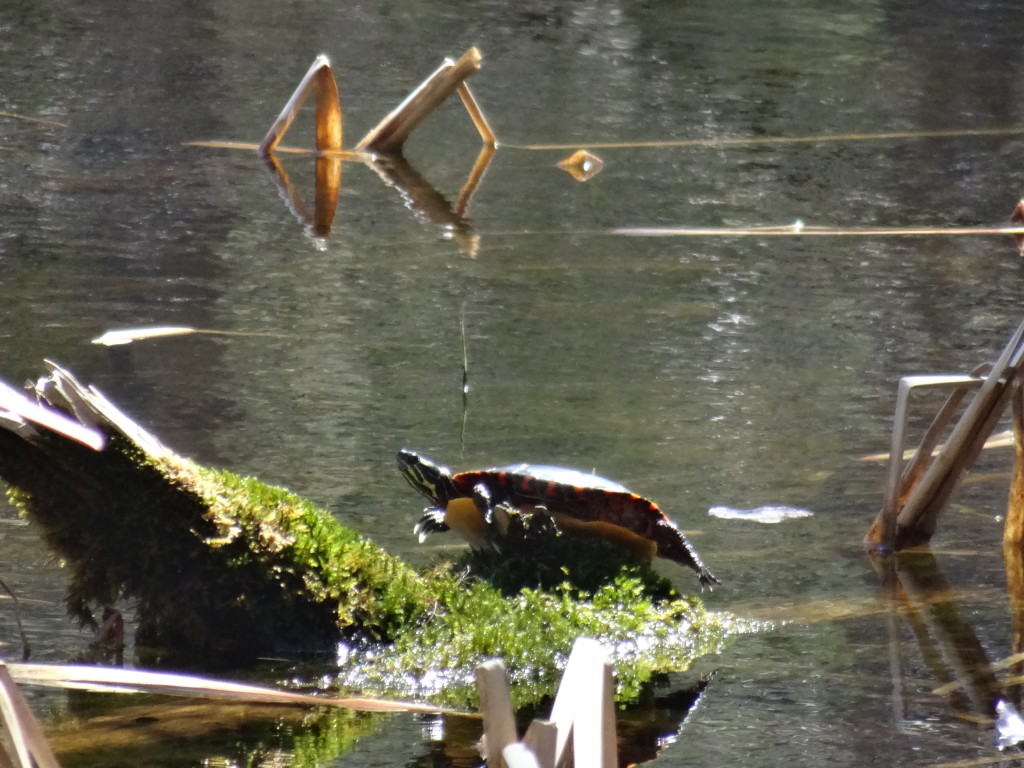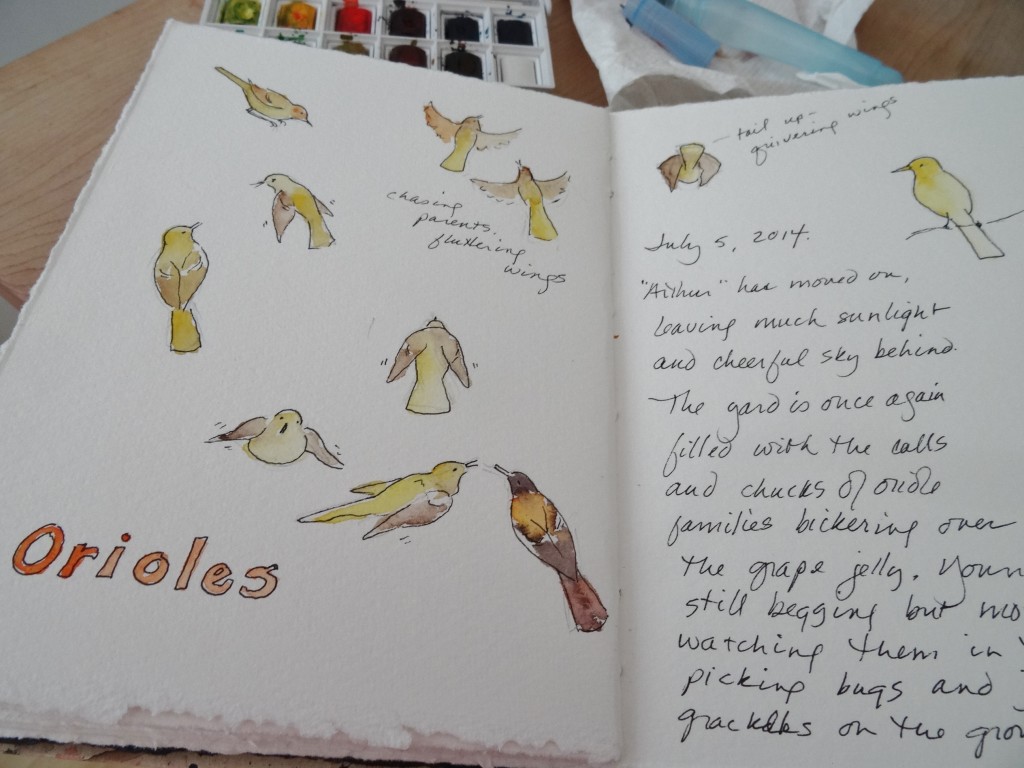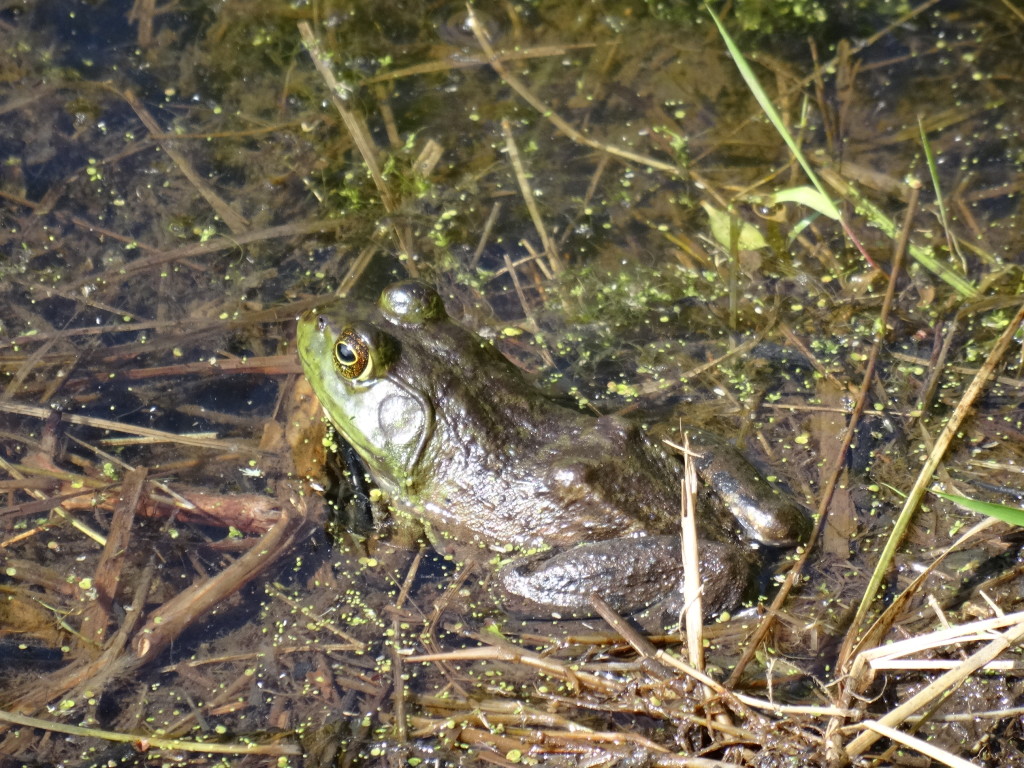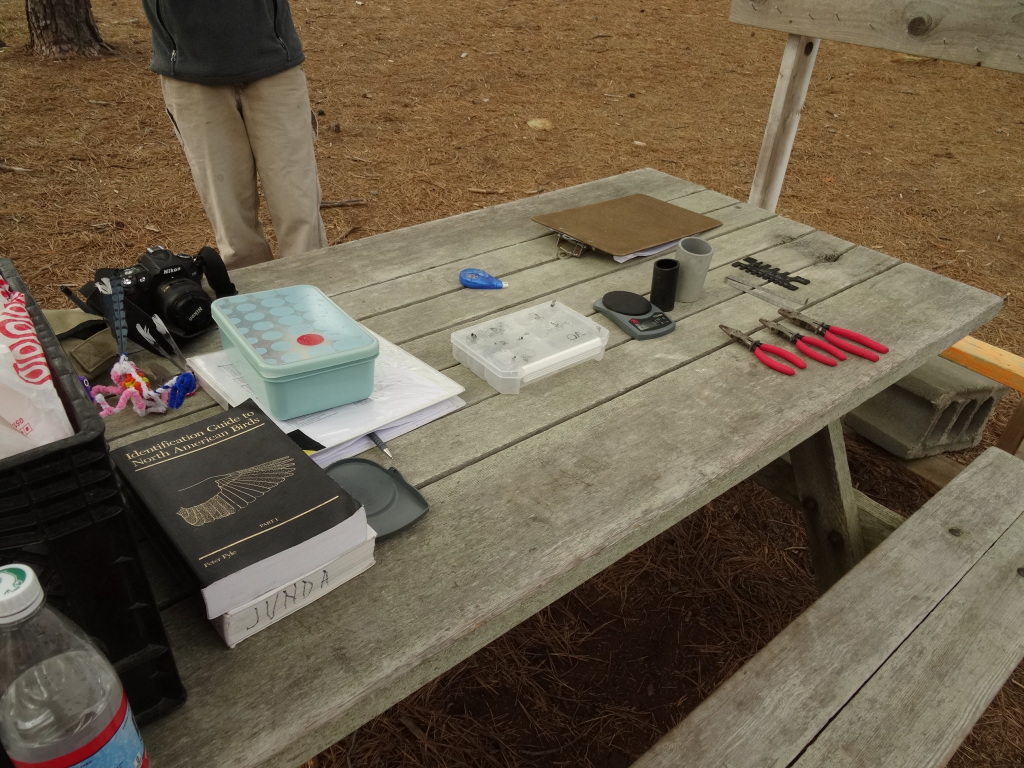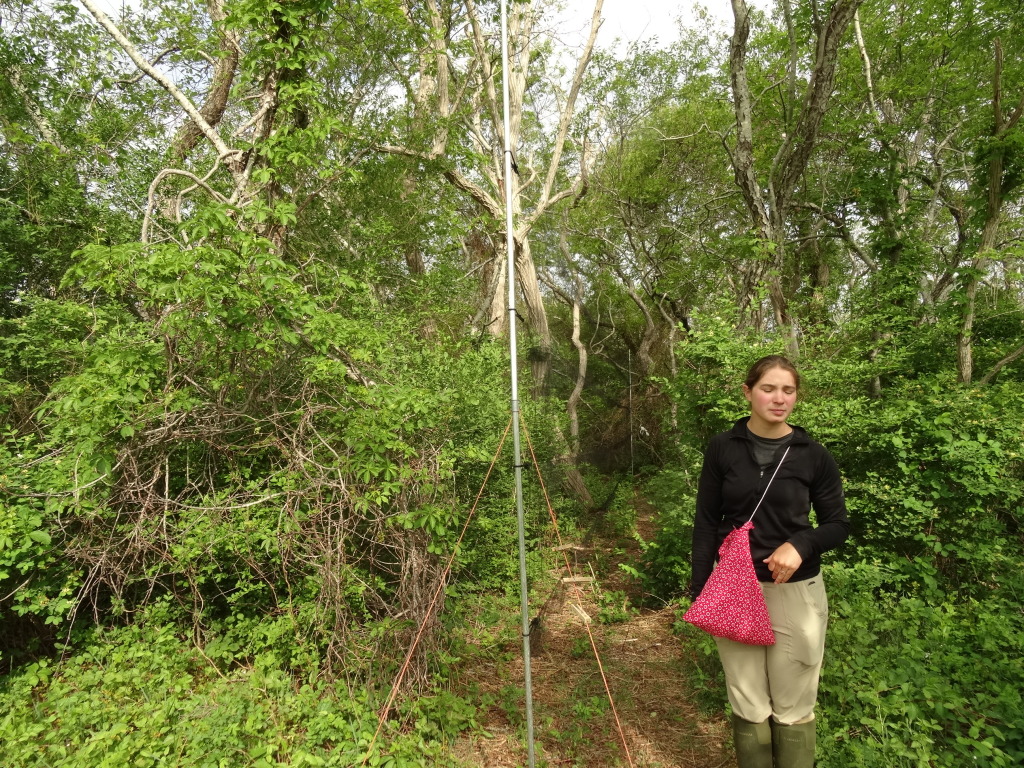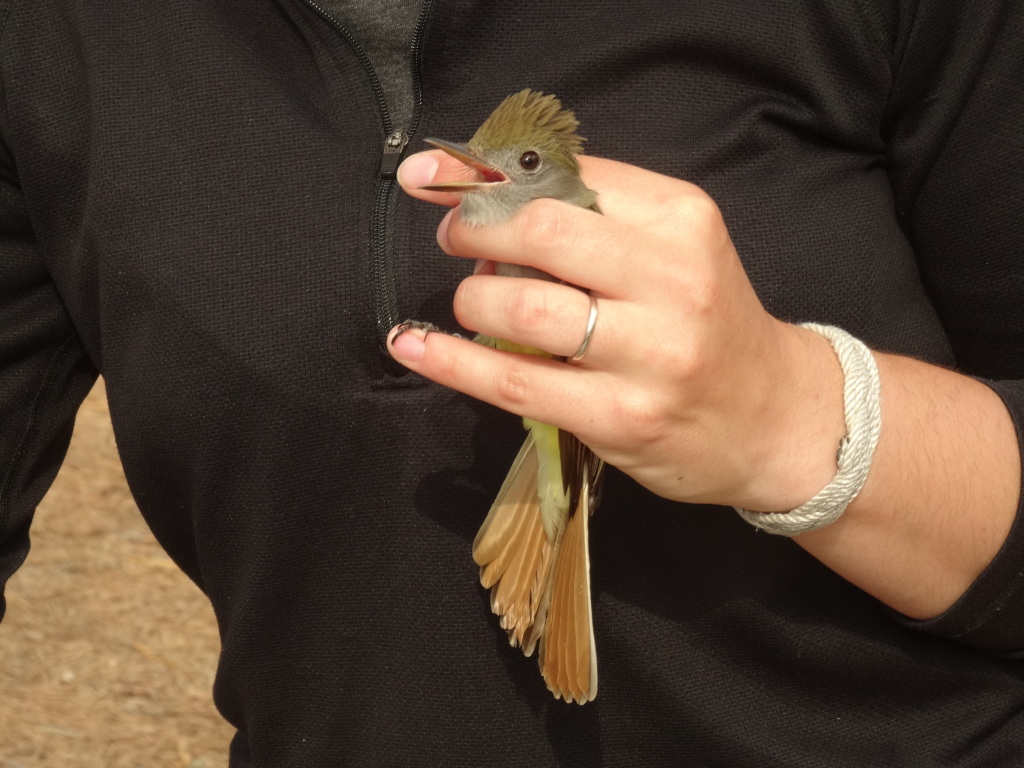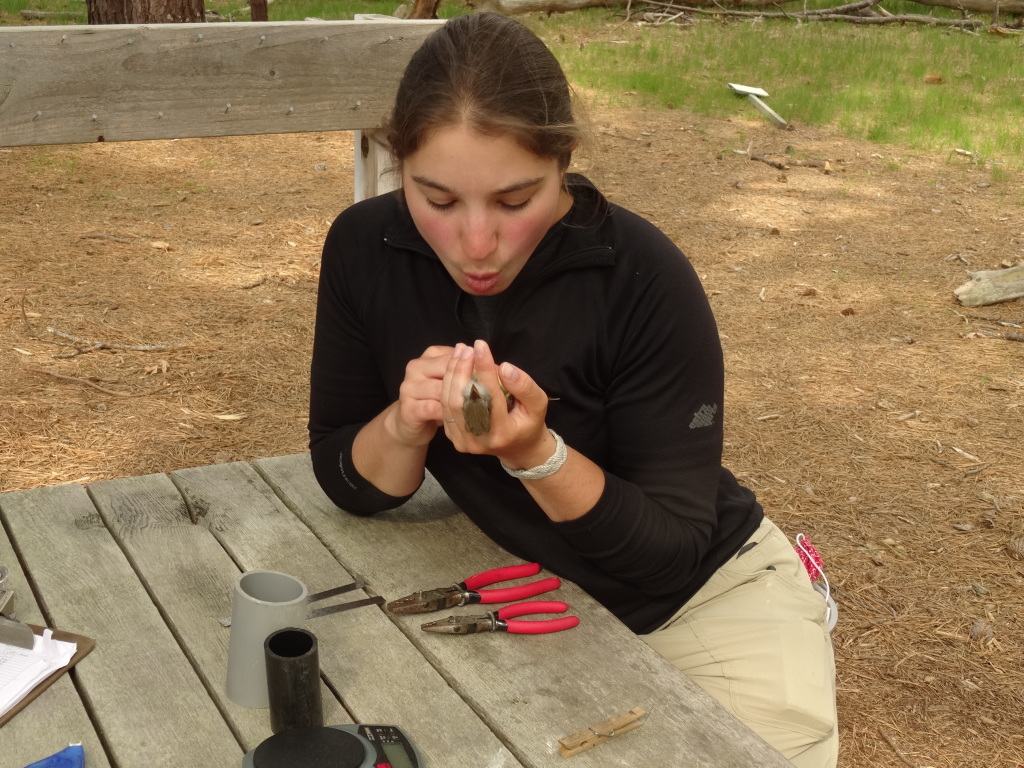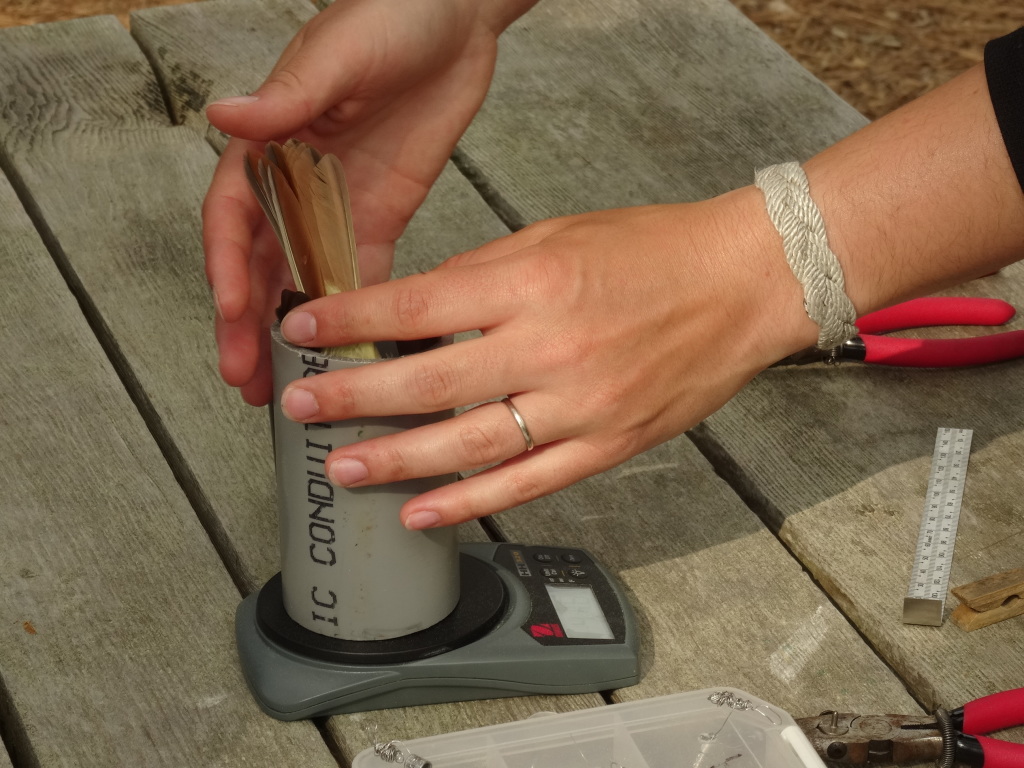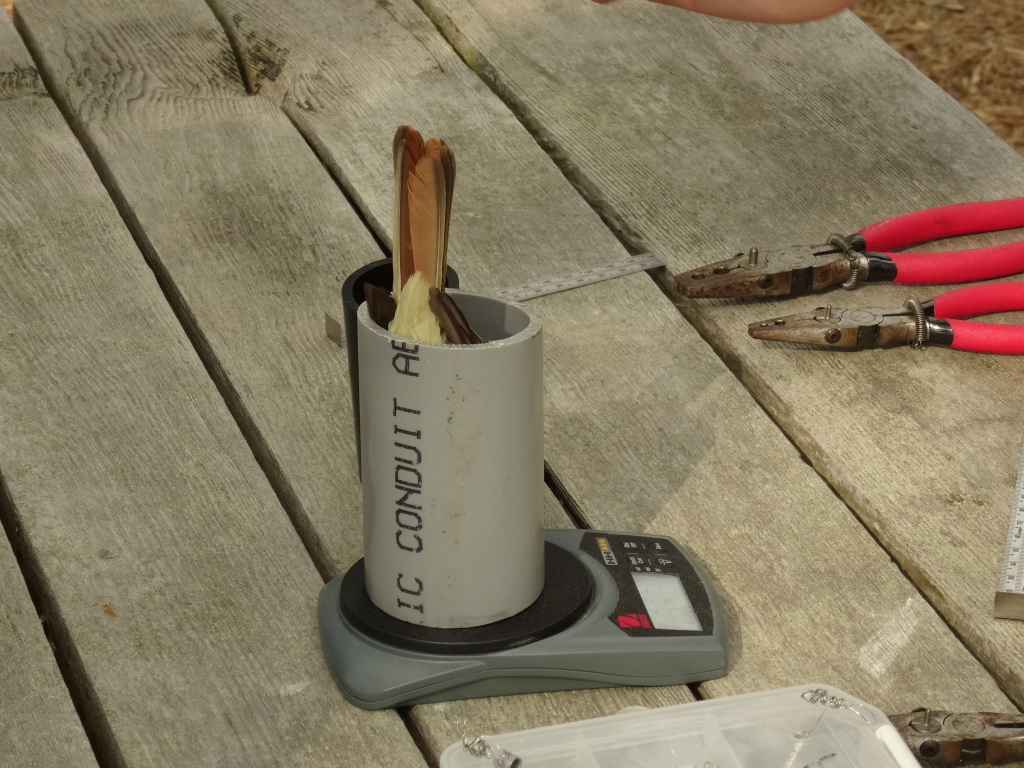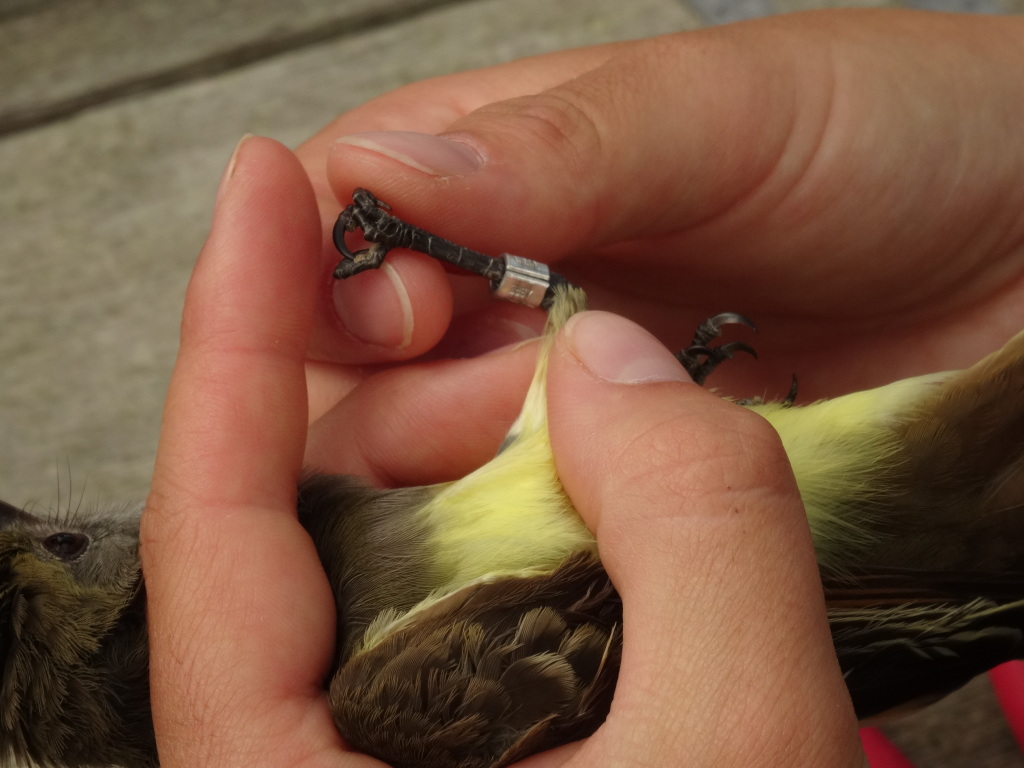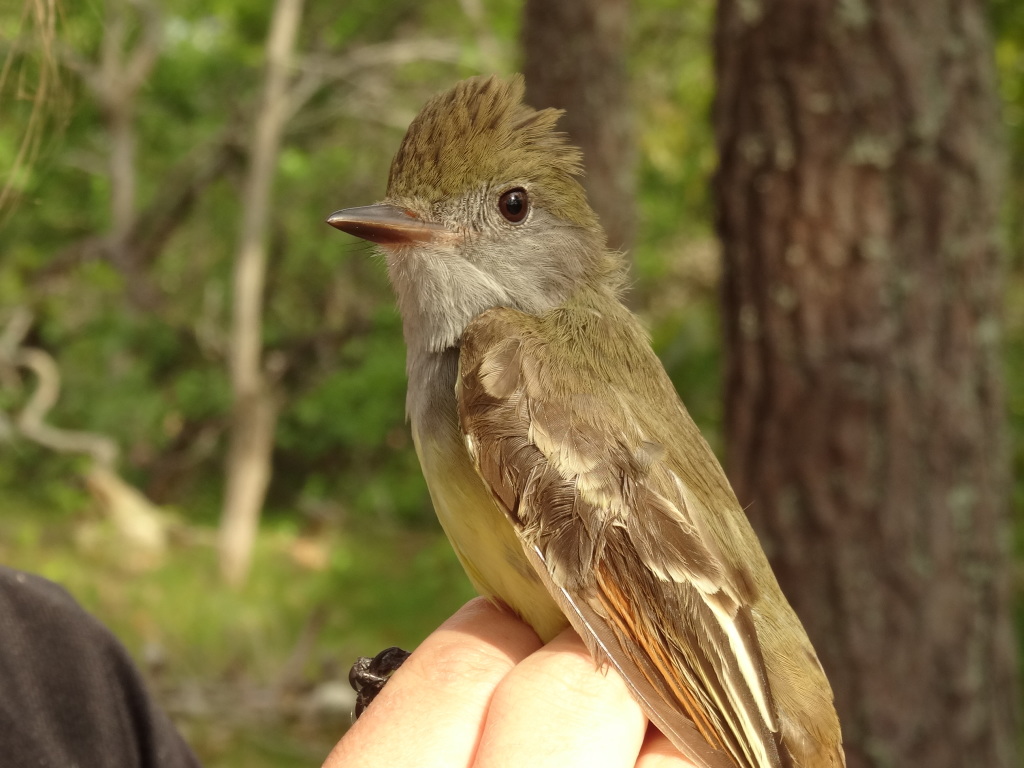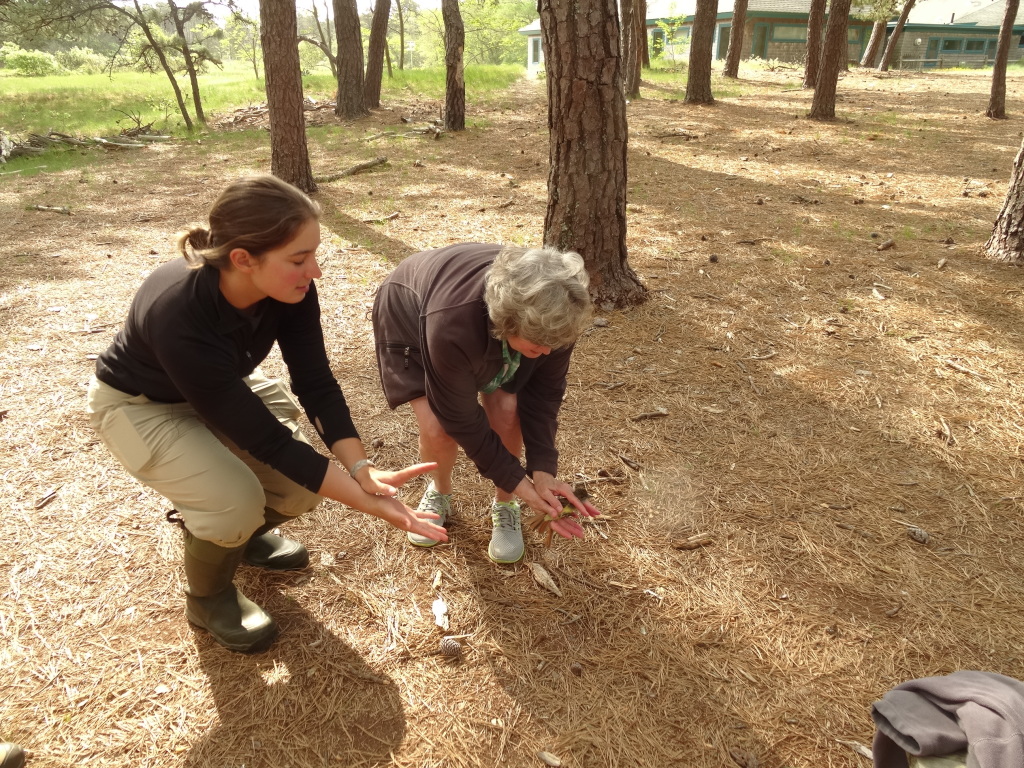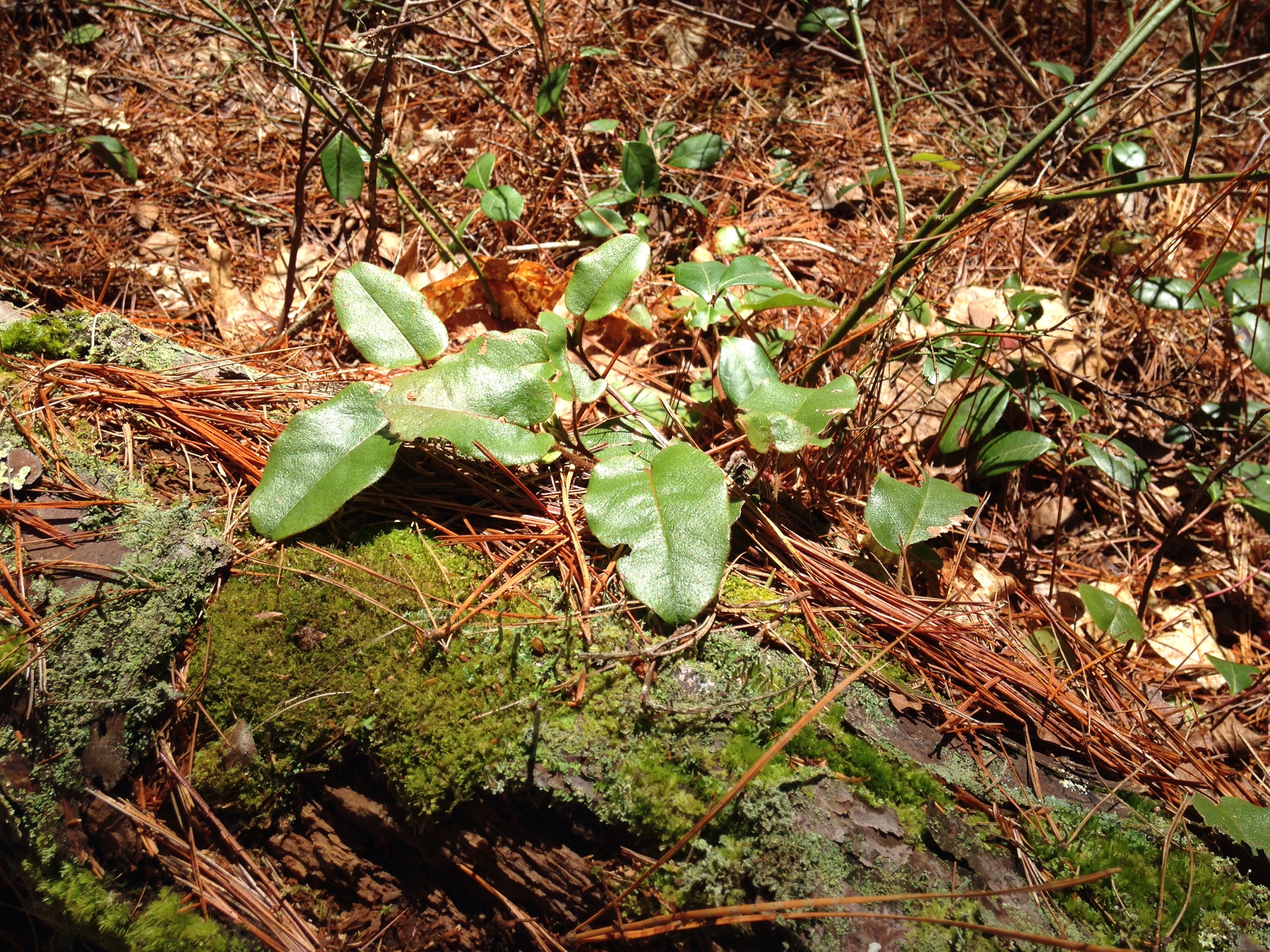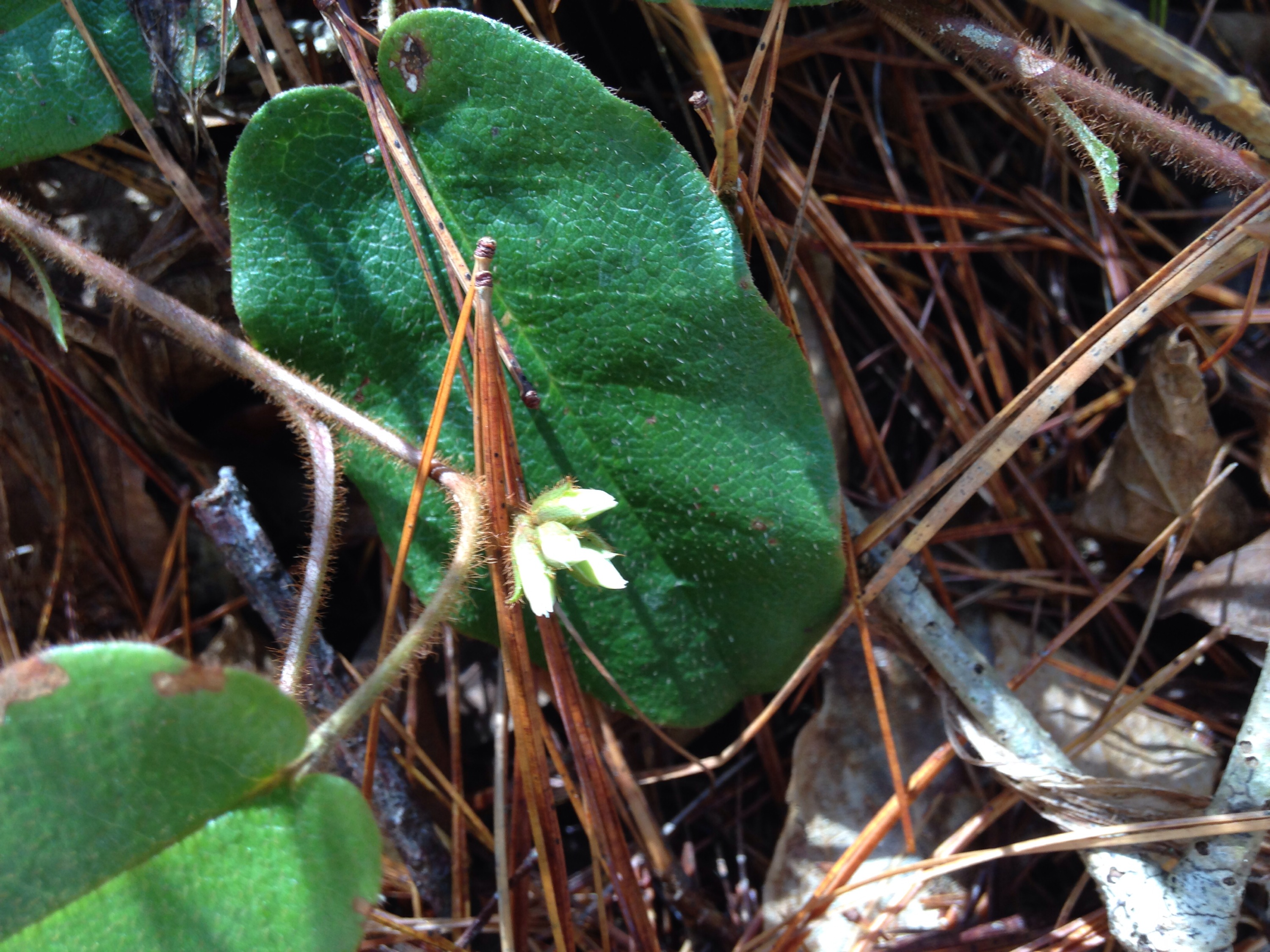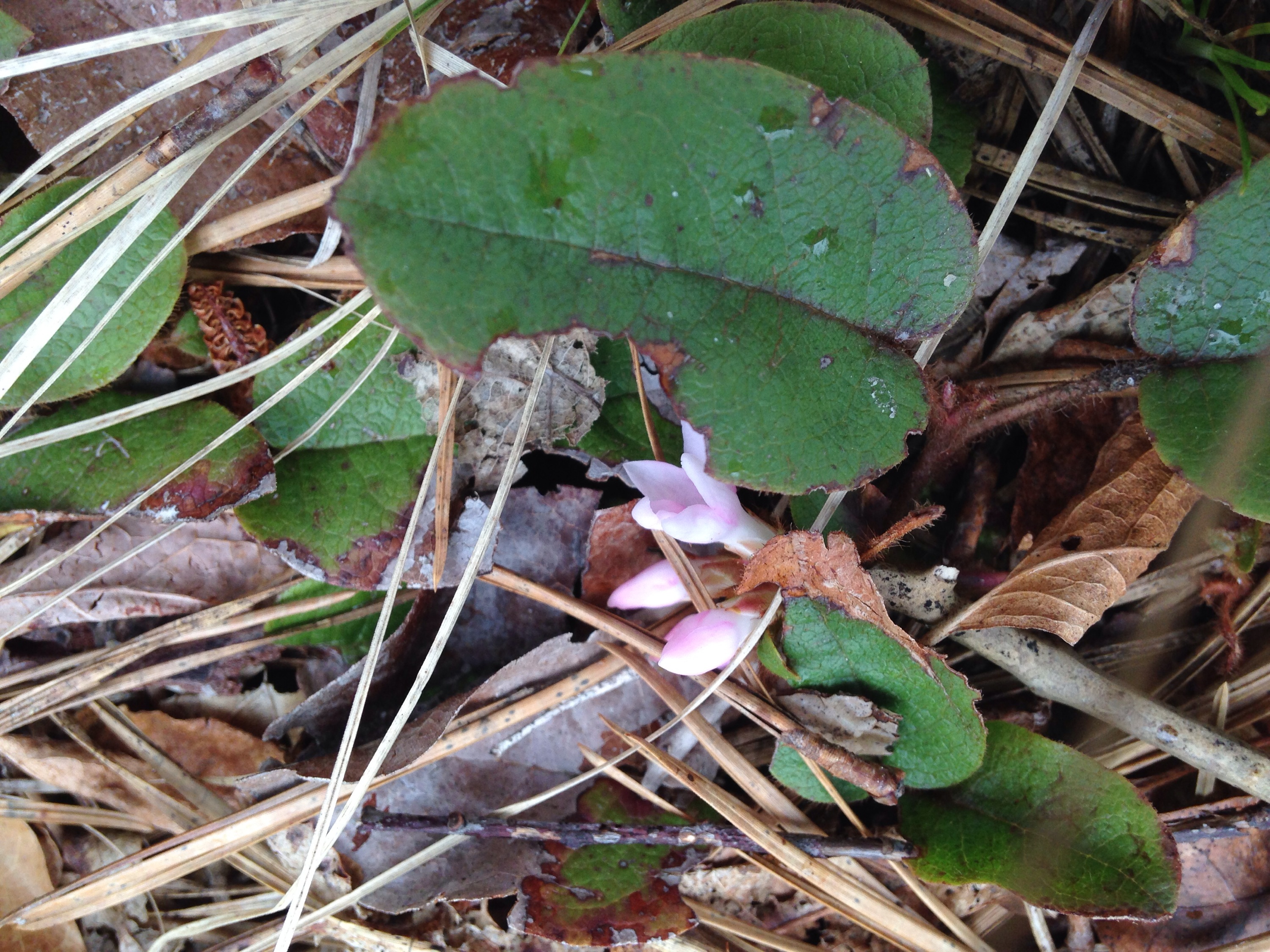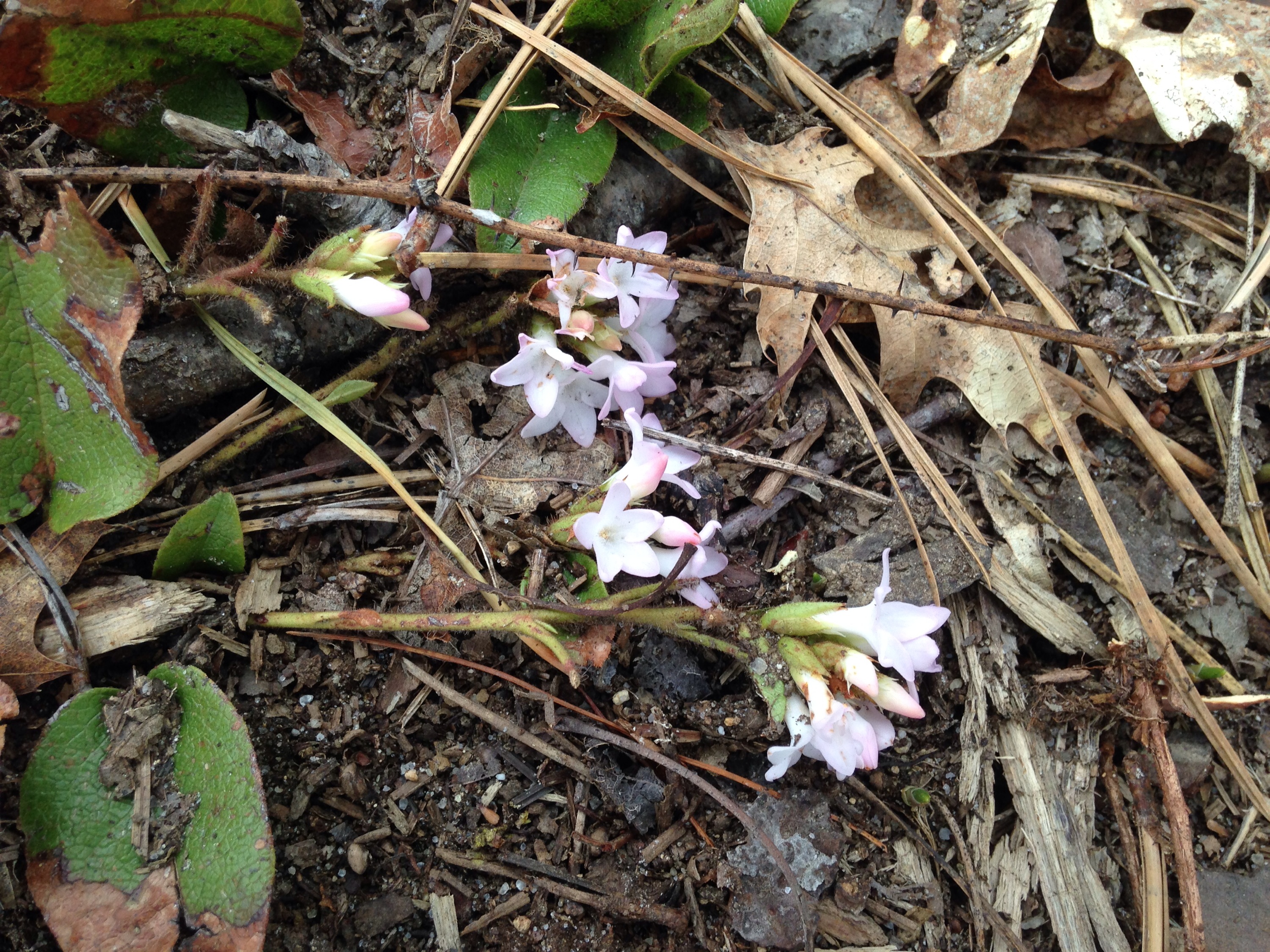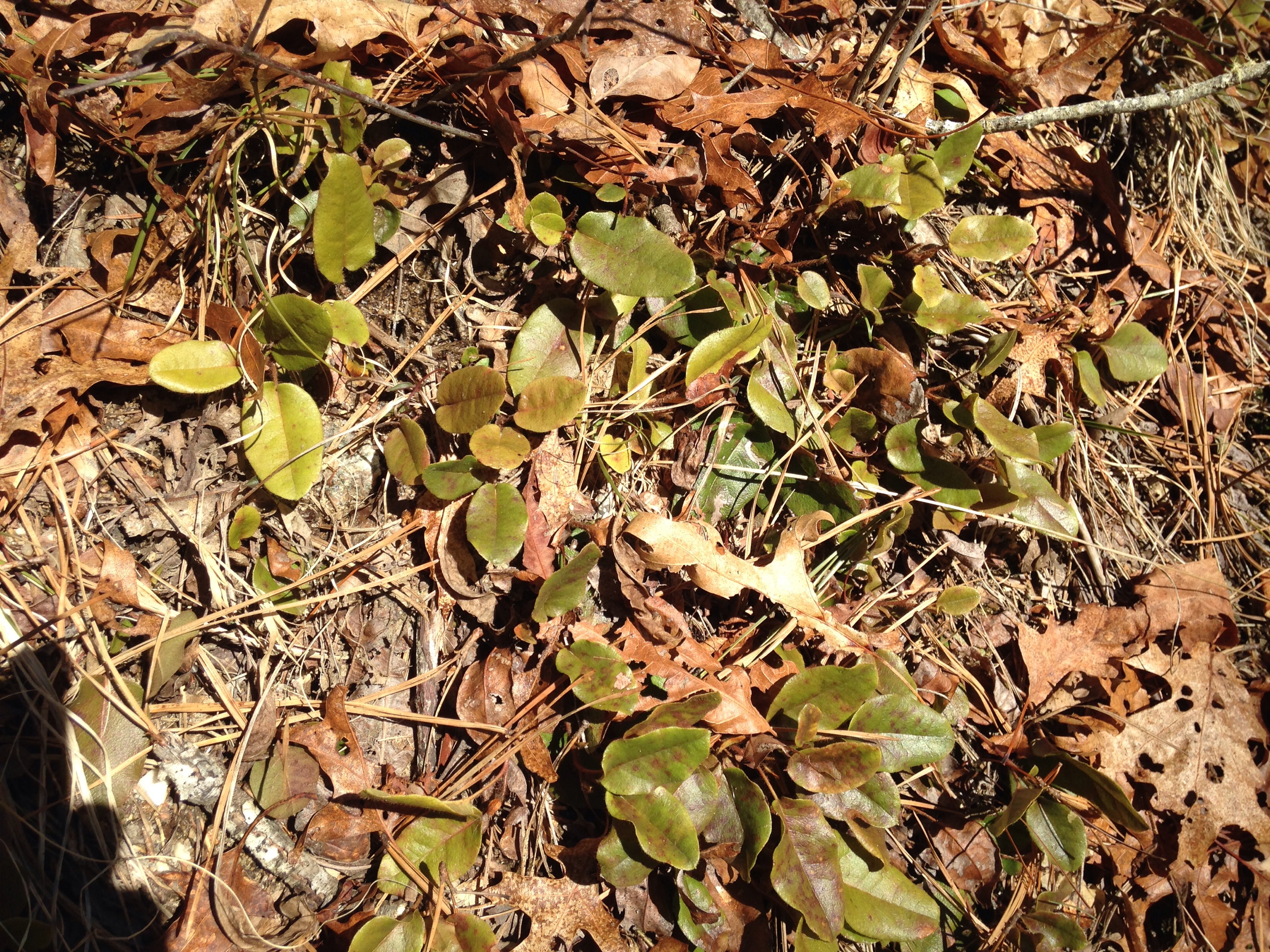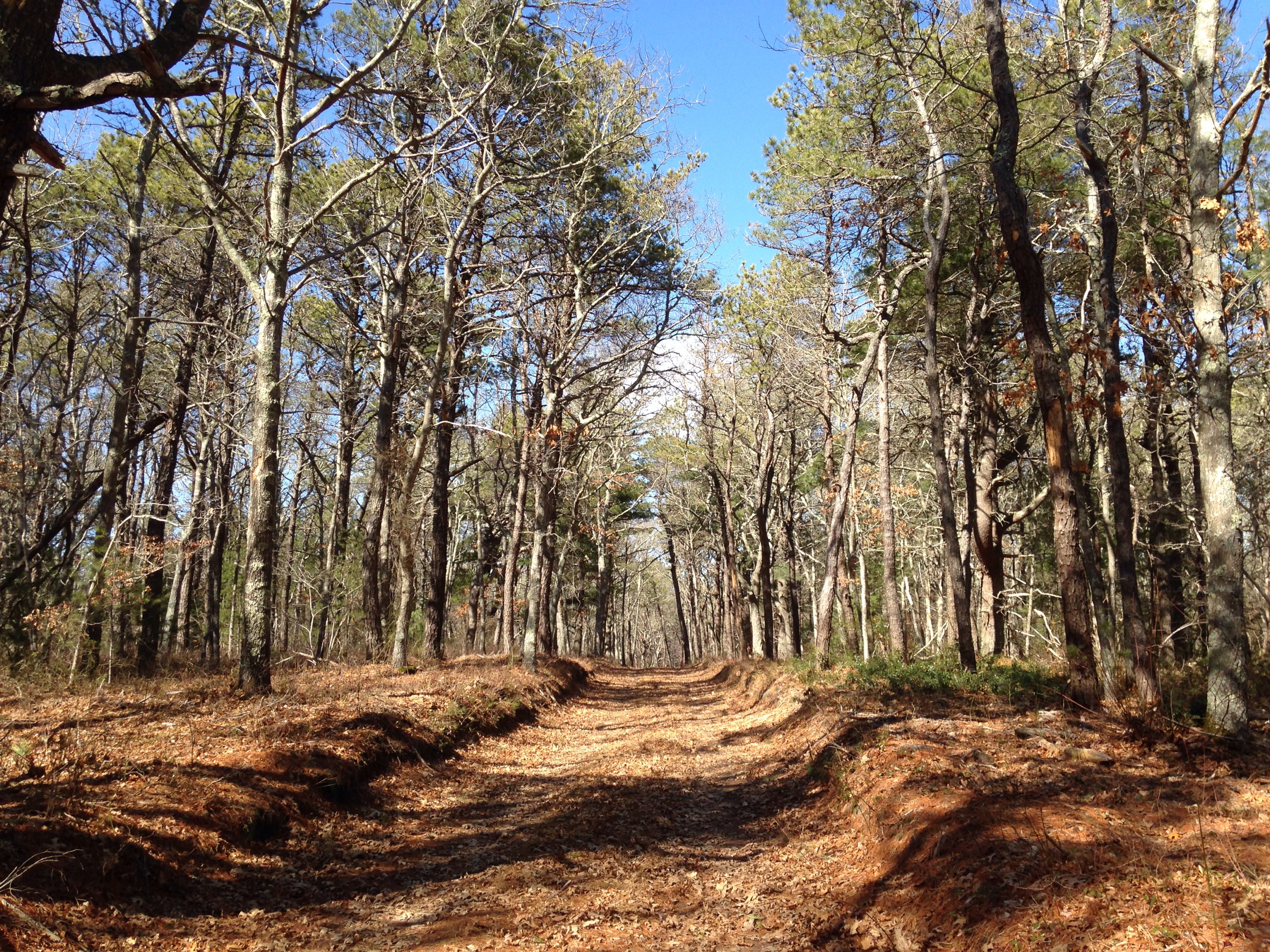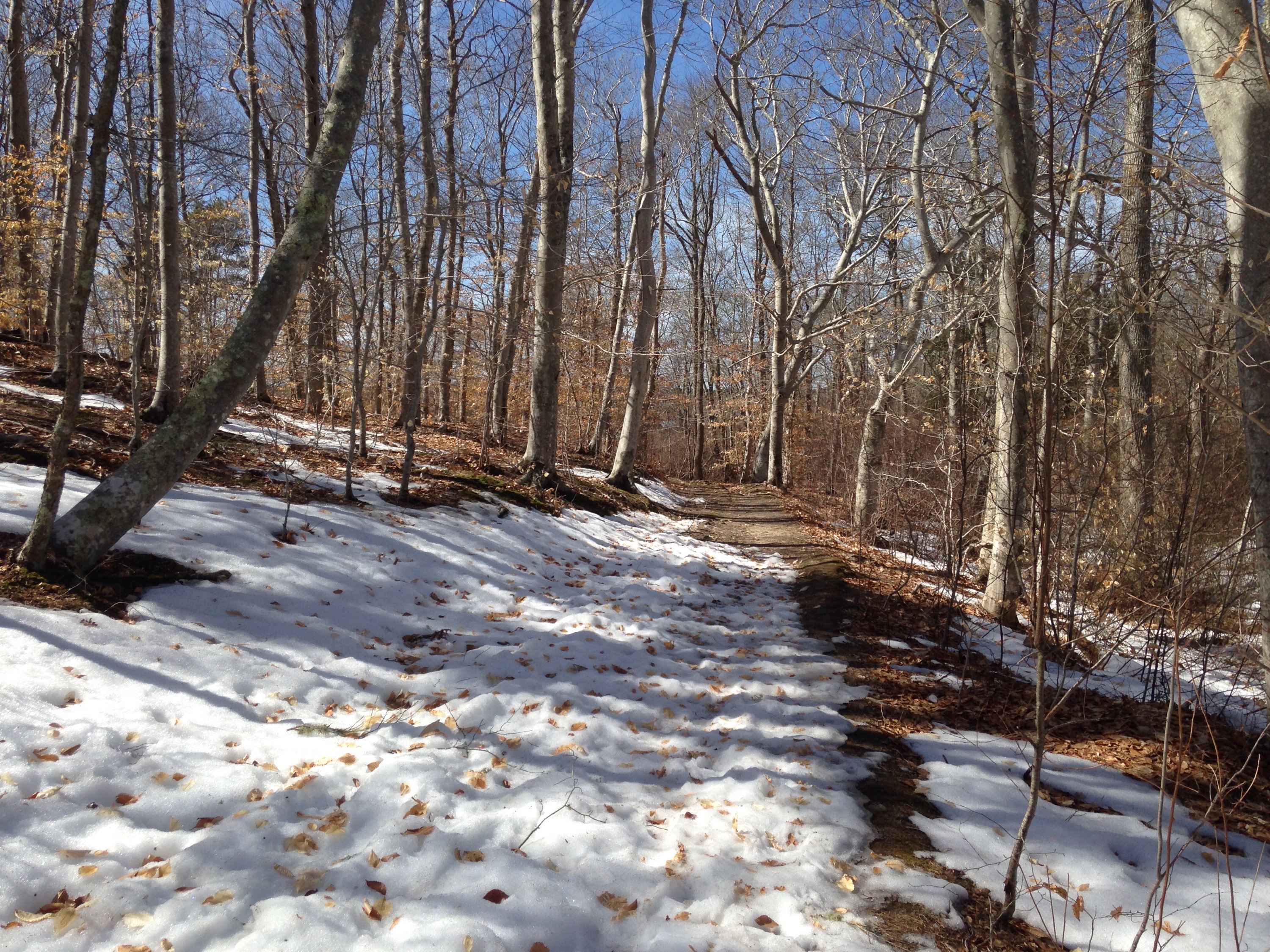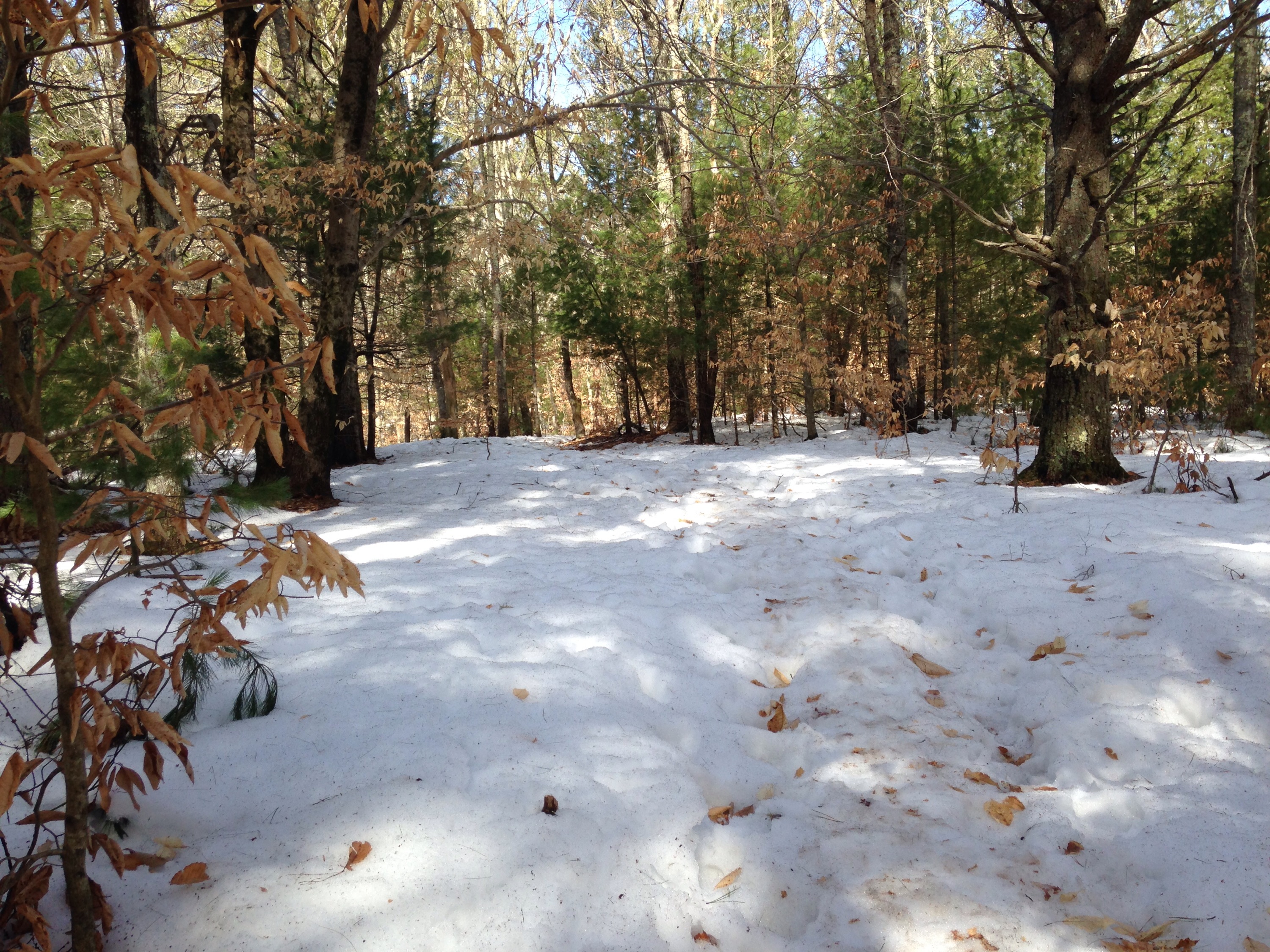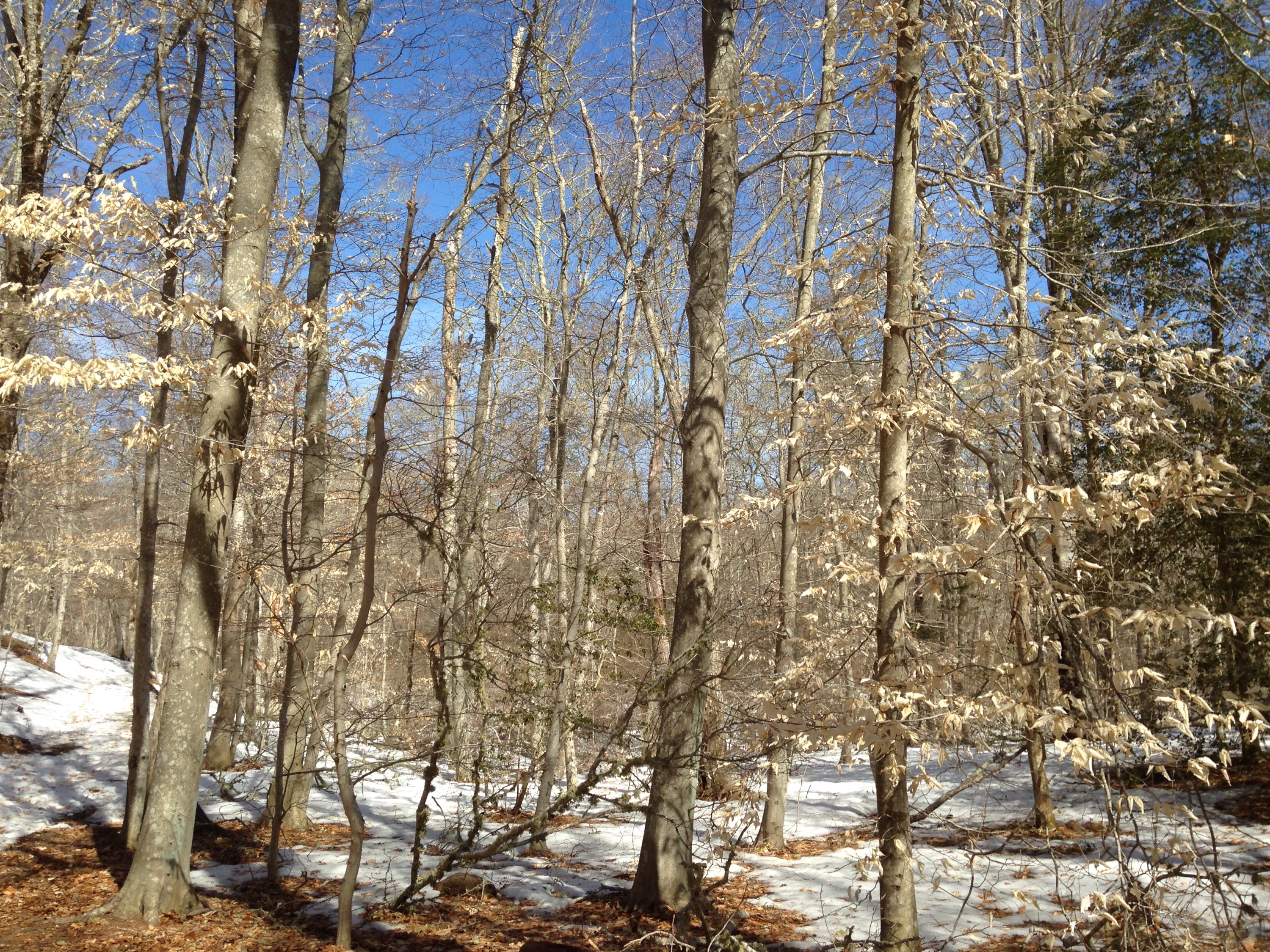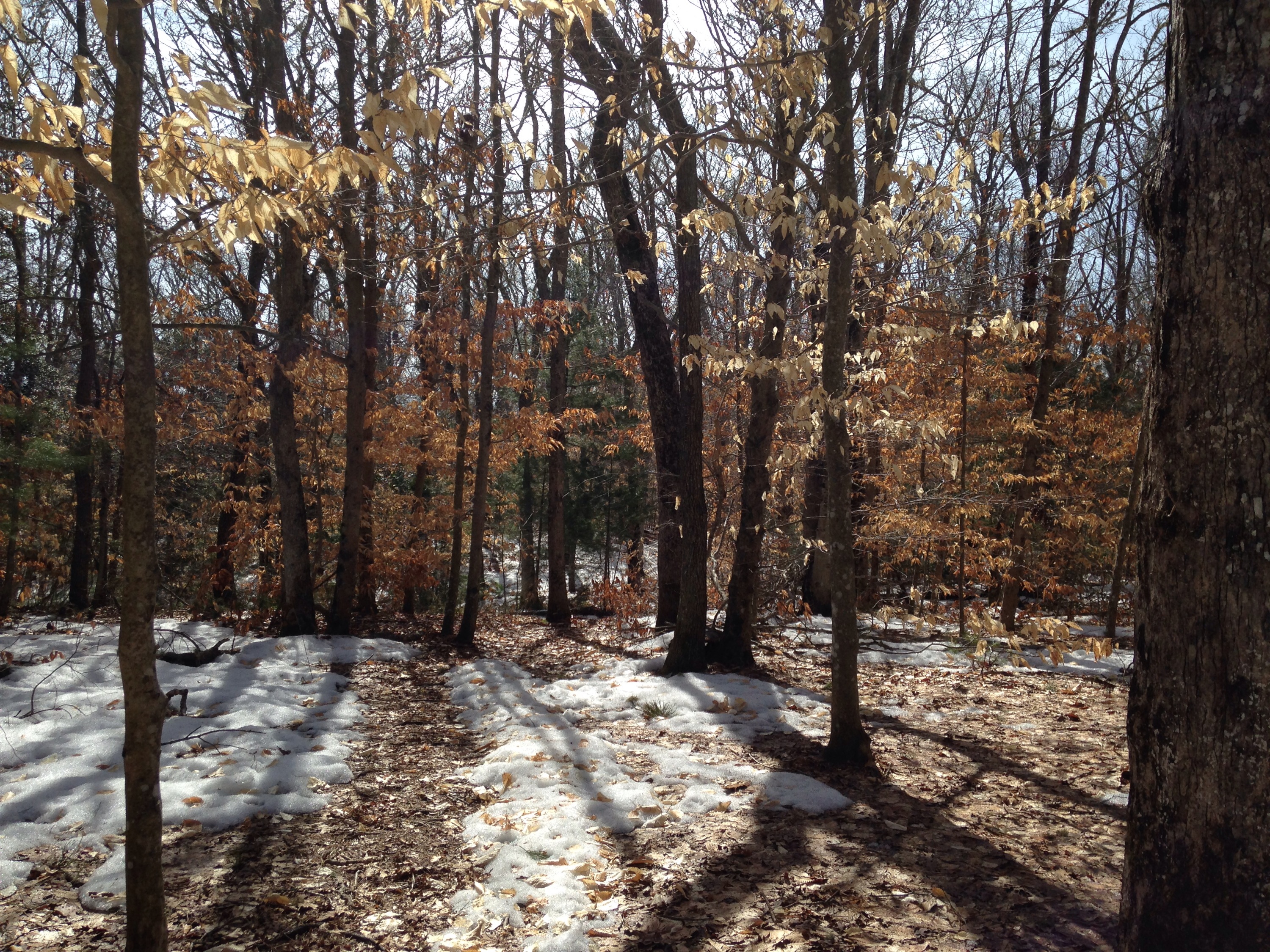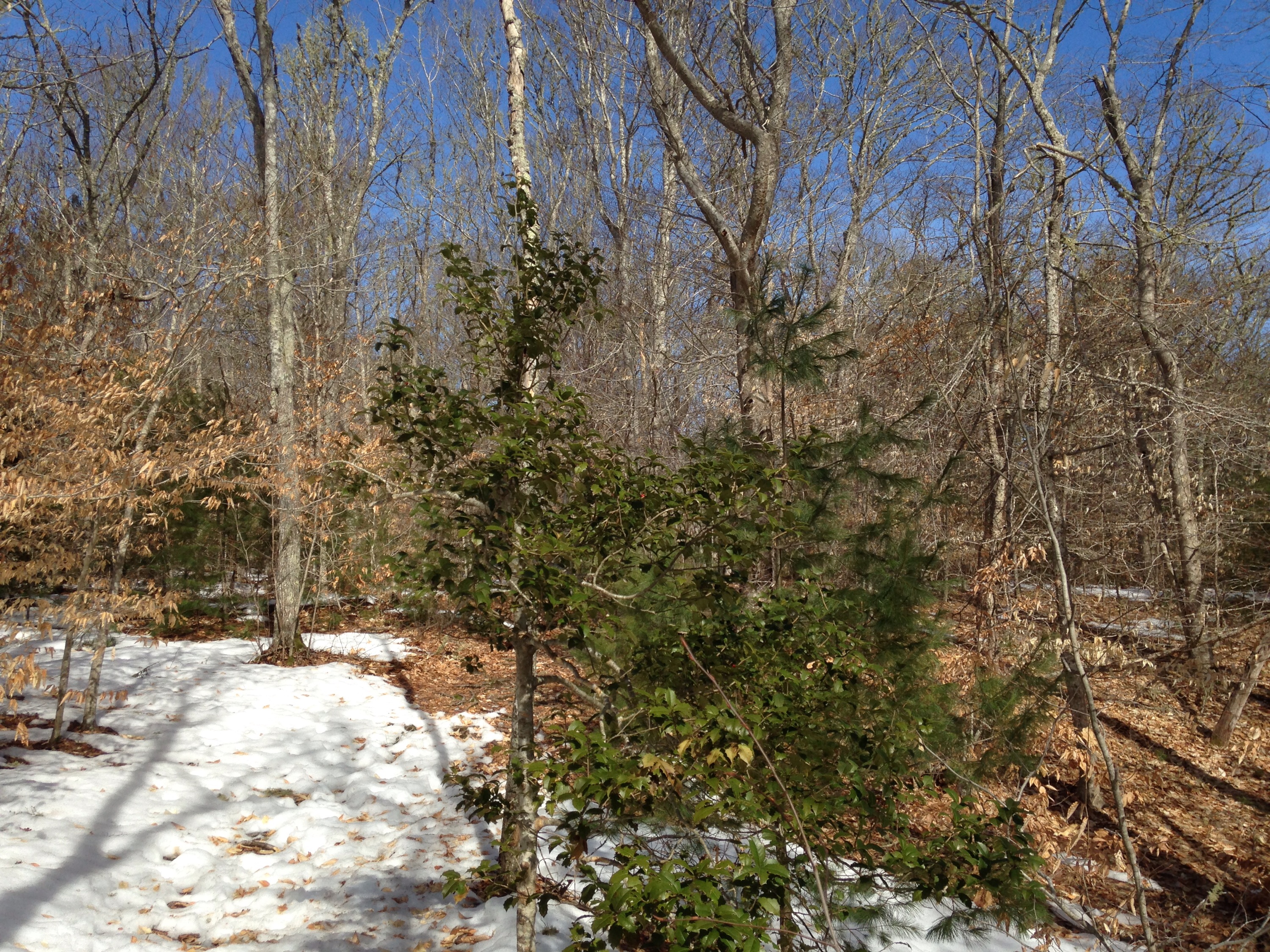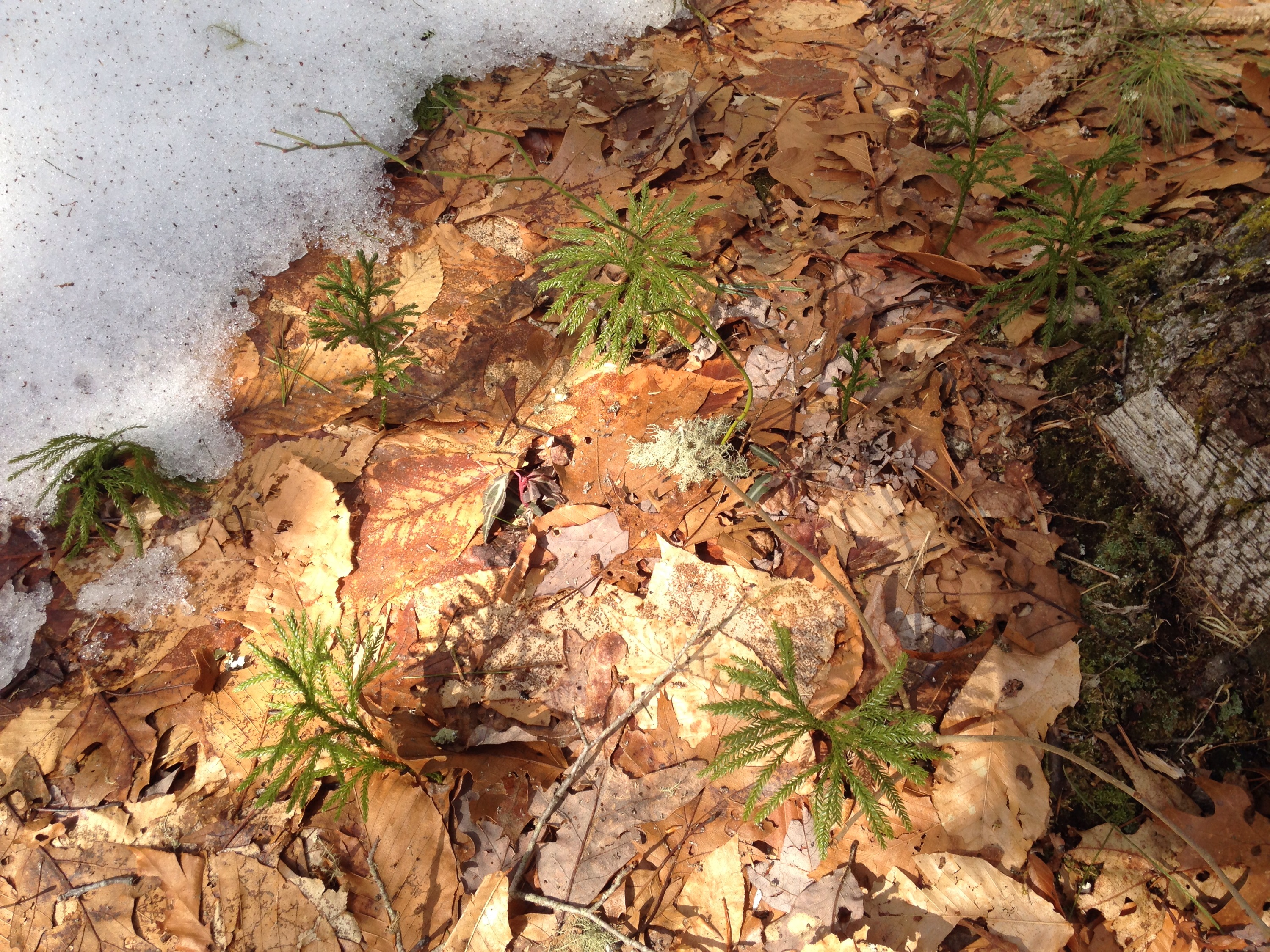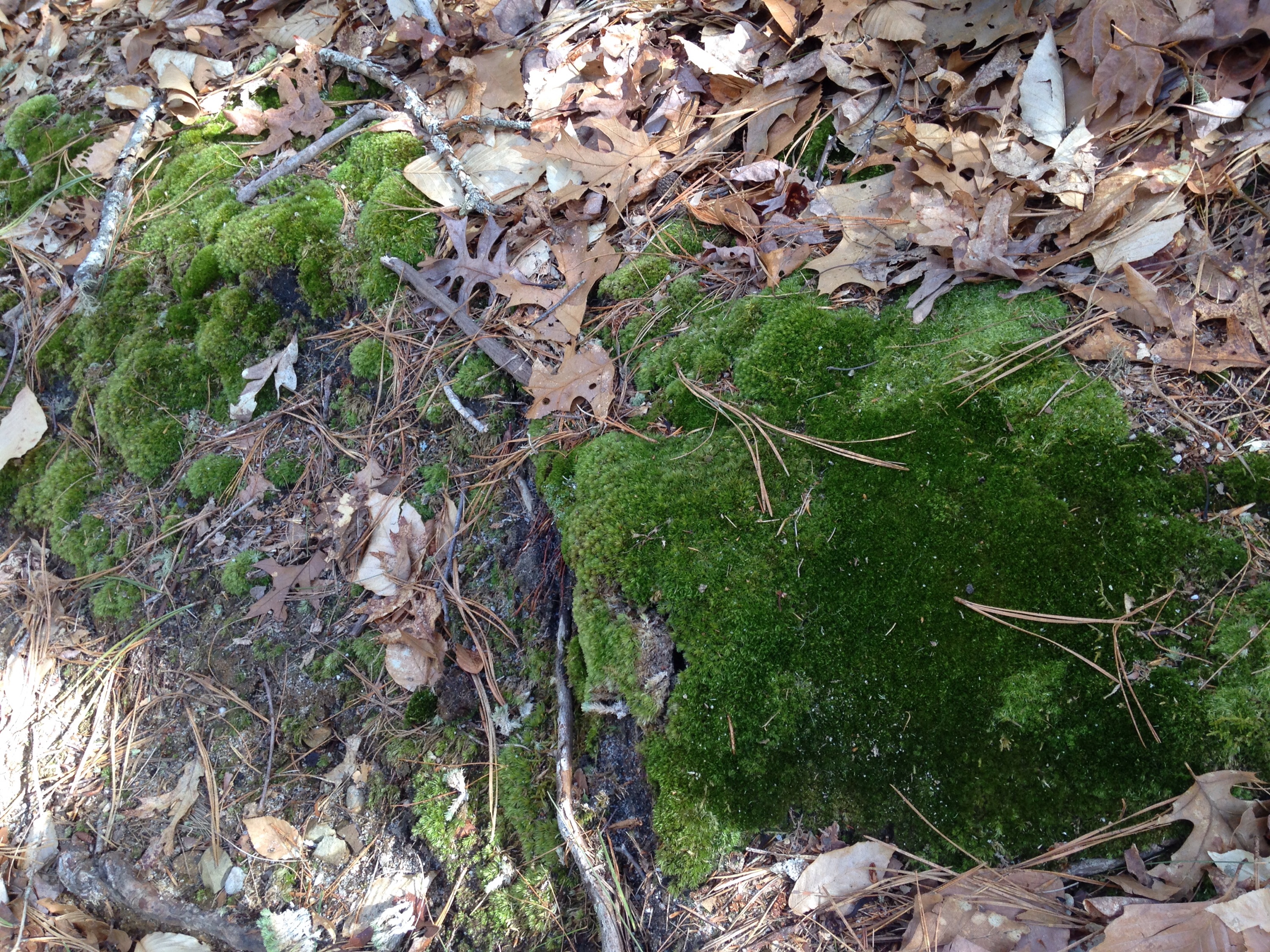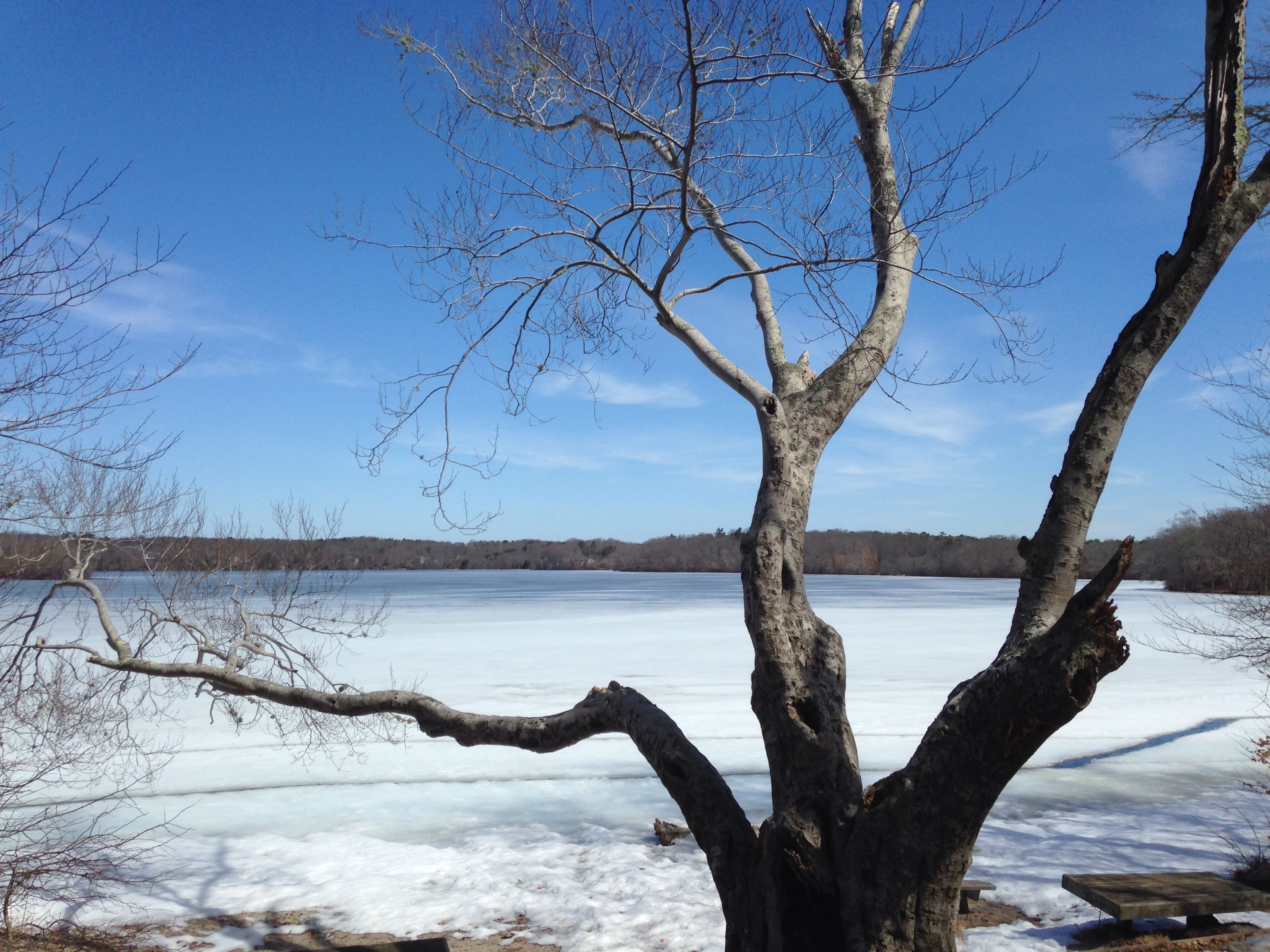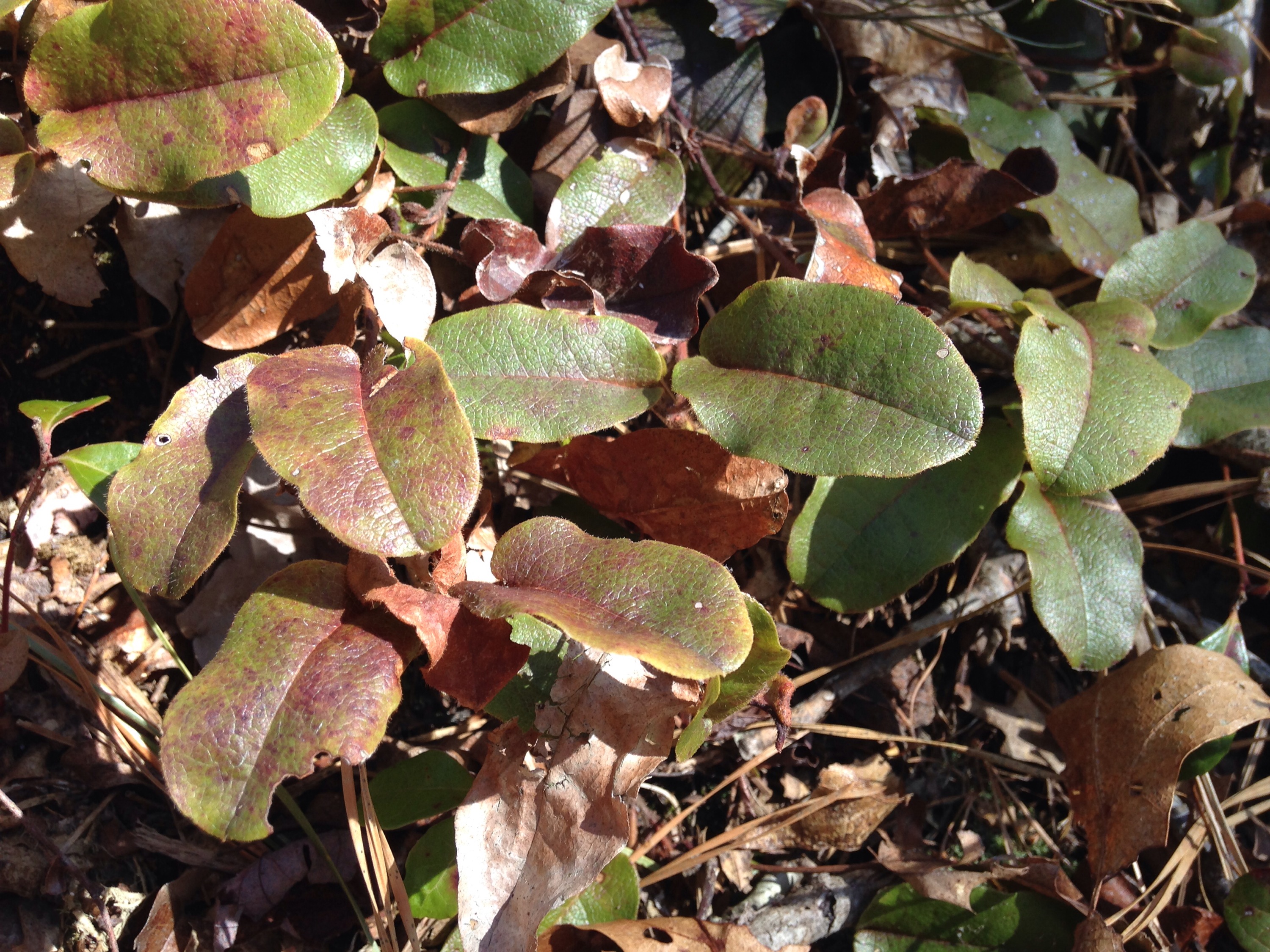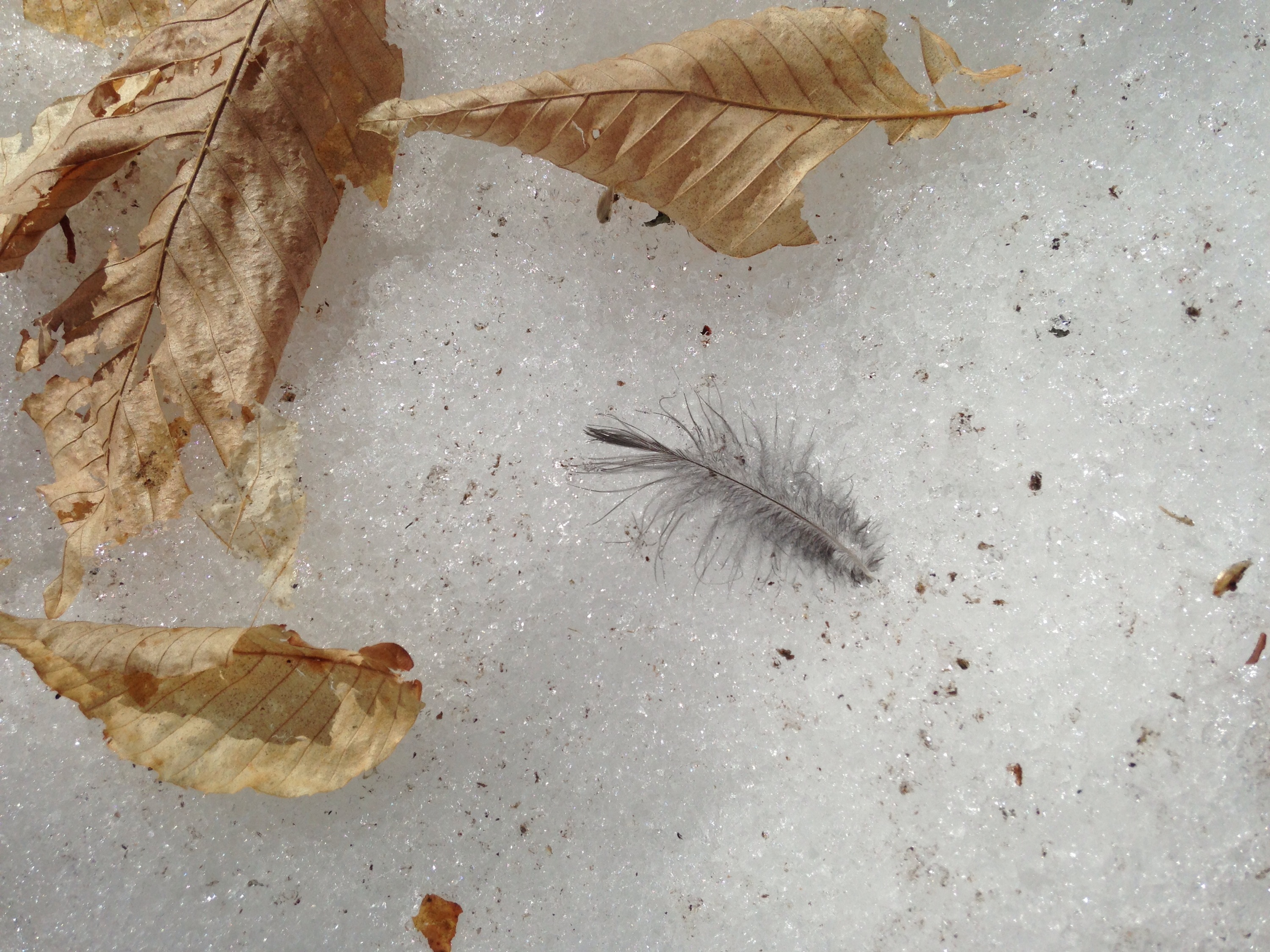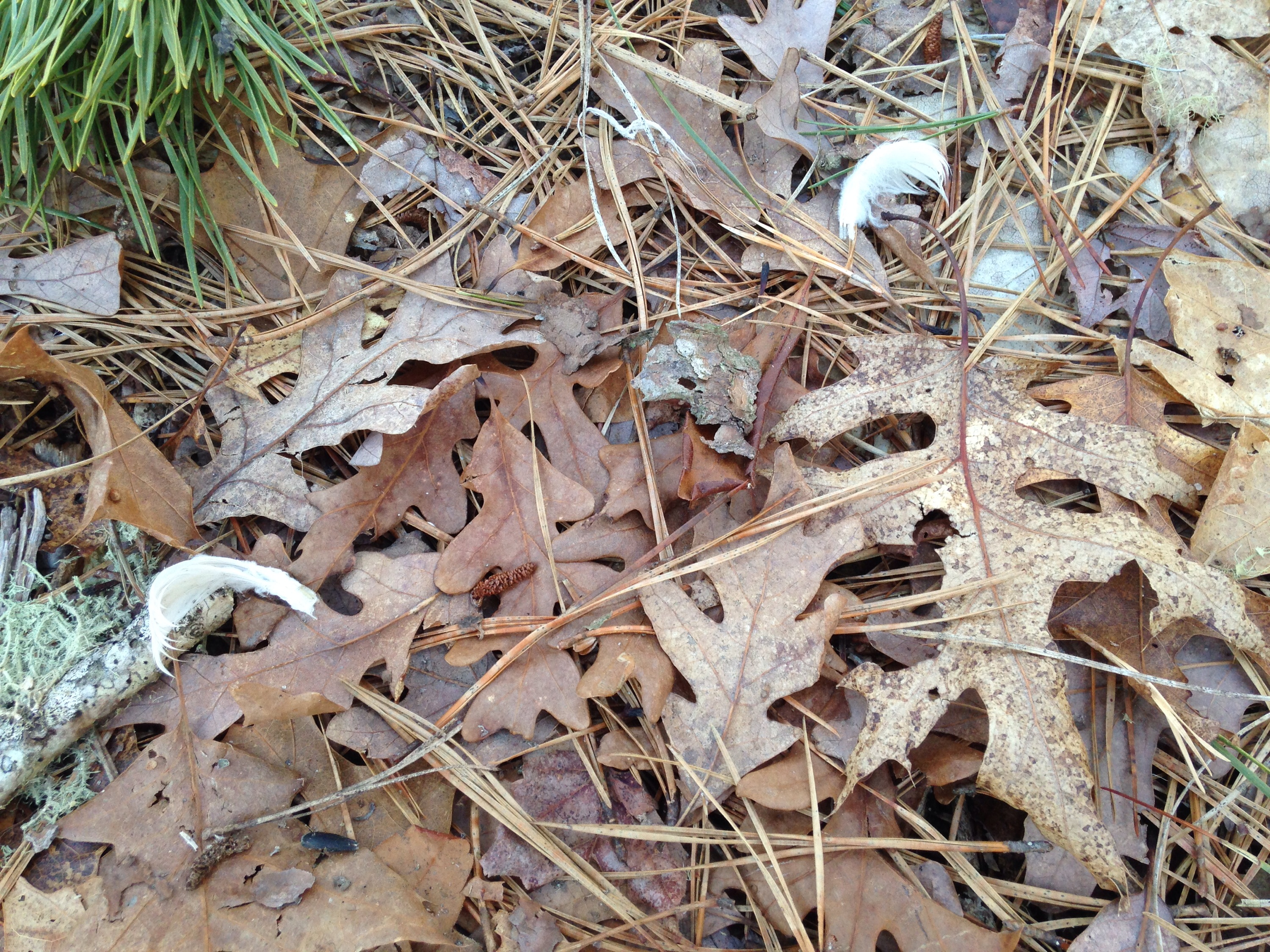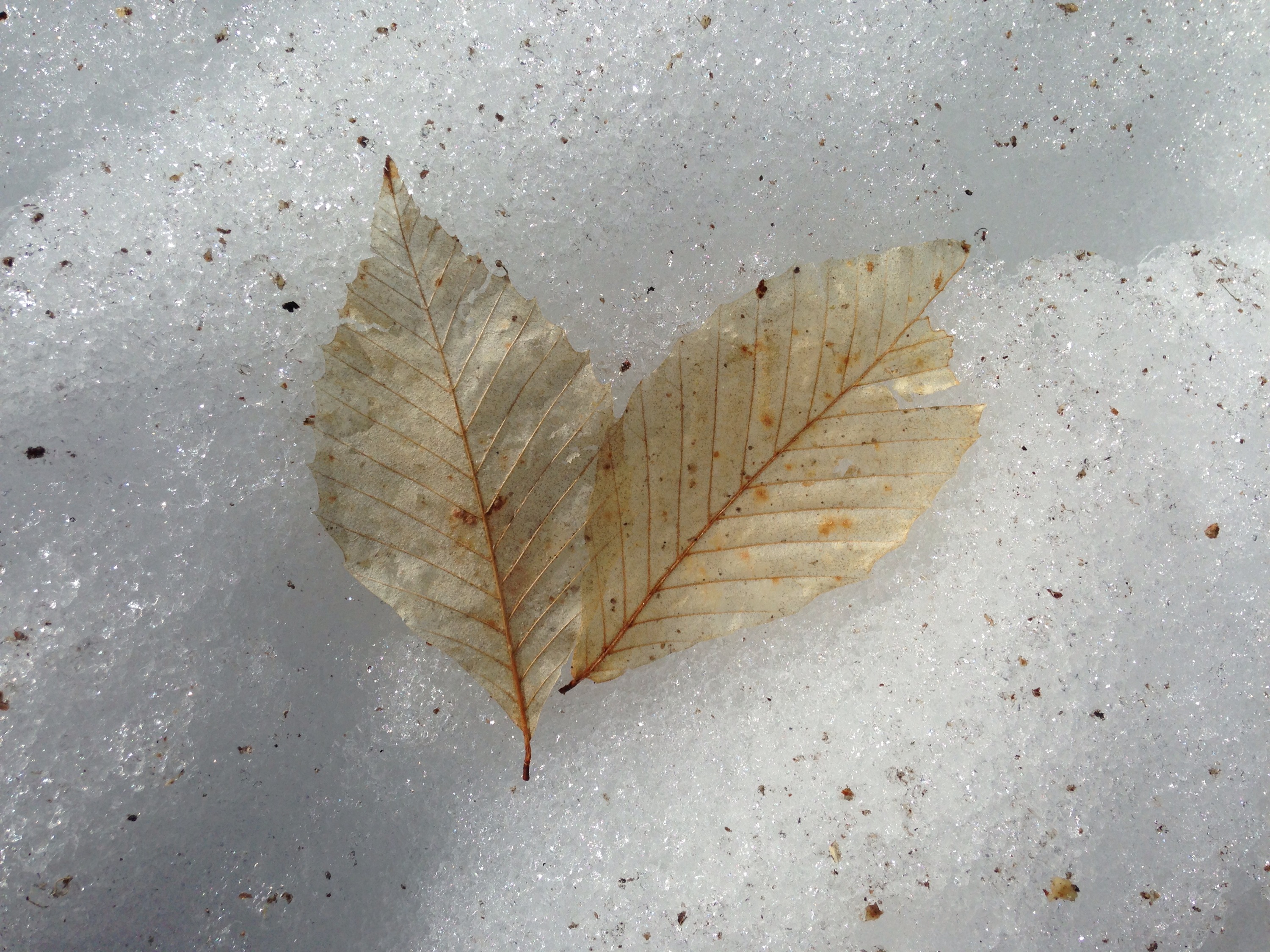It’s spring, finally! That means it is time to get outside, explore old favorite paths but find new paths and new places to explore as well. I grew up here on the Cape and am familiar with many, many places and yet every year I find new places that become new favorites. There are probably enough places to explore, even in a small place like Cape Cod, that I will never find them all.
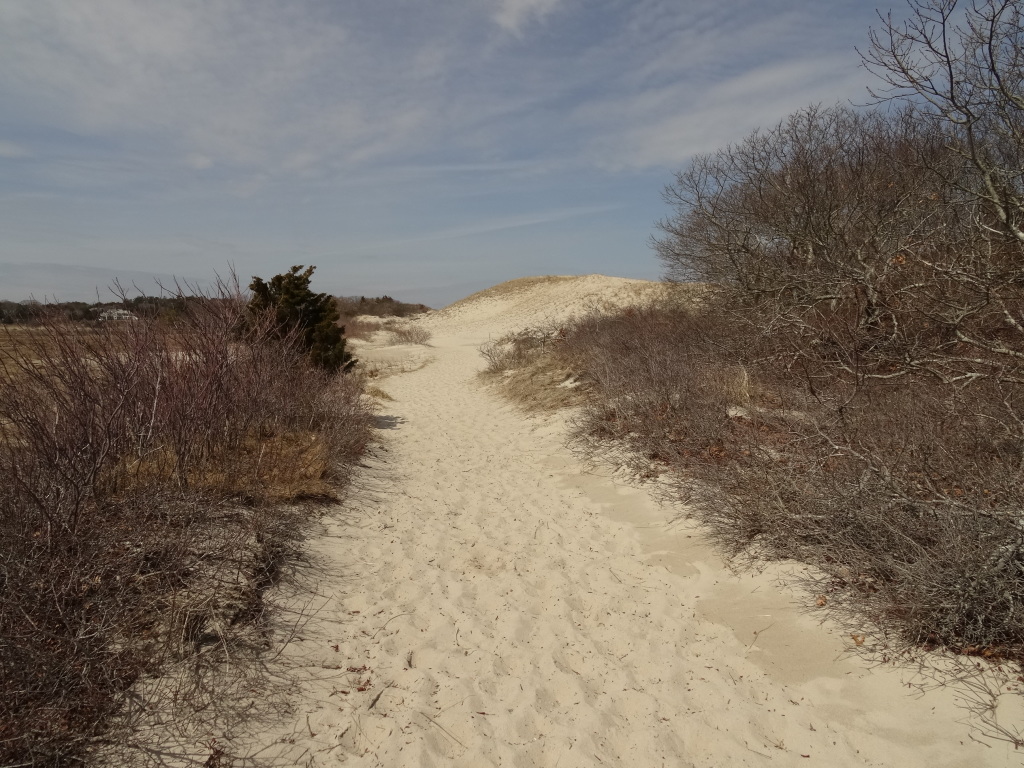
So how do you find new places? Go off the beaten path and take a road you’ve never taken before. The Cape is only so wide and only so long. You can only get so lost!
Joining a group or signing up for a nature walk with any of the many wonderful nature minded organizations is also fun and you’ll make some new friends as well.
I learn new things every time I take a walk with another naturalist, birder or botanist so I try to mix it up and go on all sorts of walks throughout the year. Check out Mass Audubon at Wellfleet Bay and Mass Audubon at Long Pasture for seasonal walks. The Cape Cod Museum of Natural History has weekly walks with Connie Boyce that are very popular and the Green Briar Nature Center has bi-monthly Wild Women Walking walks with Mary Beers. There are many others as well. Mashpee runs public walks as does the Harwich Conservation Trust, the town of Barnstable and the Barnstable Land Trust (an independent group, not town run.)
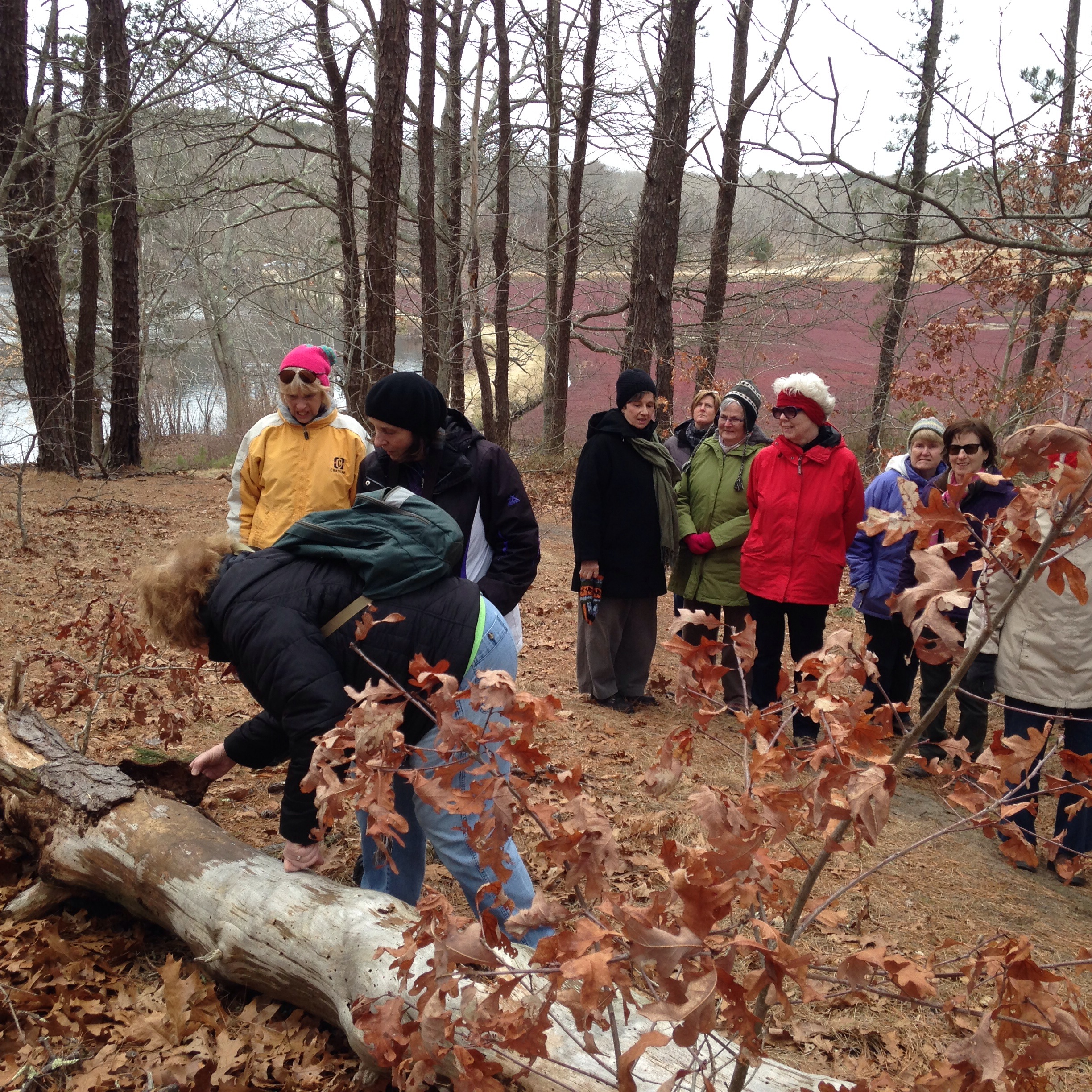
The other day I went on one of Mary Beers’s walks at the East Sandwich Game Farm. Mary is so knowledgeable you’ll gather all sorts of interesting information.
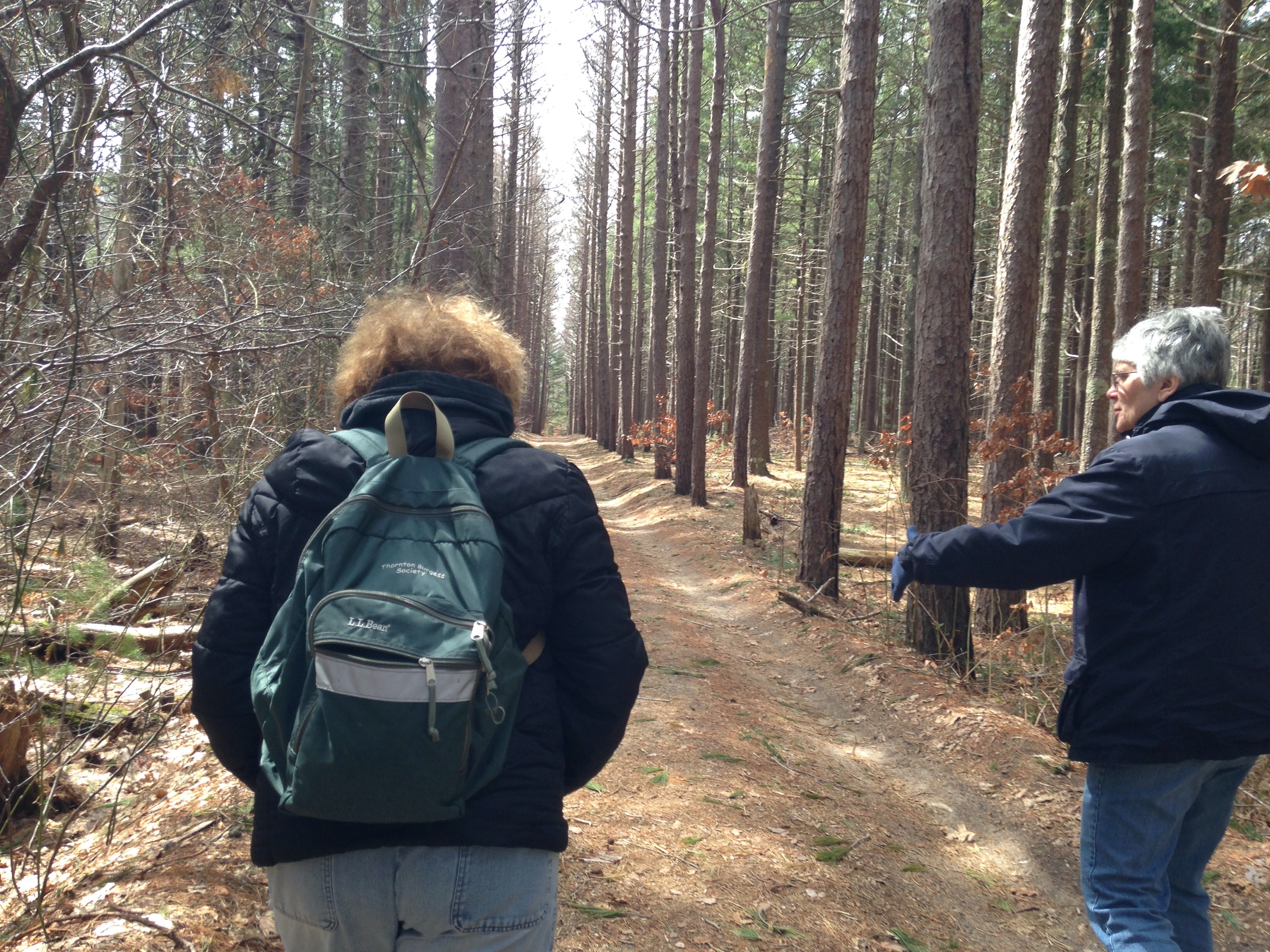
This walk is not for exercise as much as it is for natural history so don’t plan on any serious hiking. You can go back by yourself for that. I know the game farm pretty well, having worked with Mary there many times over the years but we found a few things I never knew before…
Like there is a special patch of reindeer lichen there…
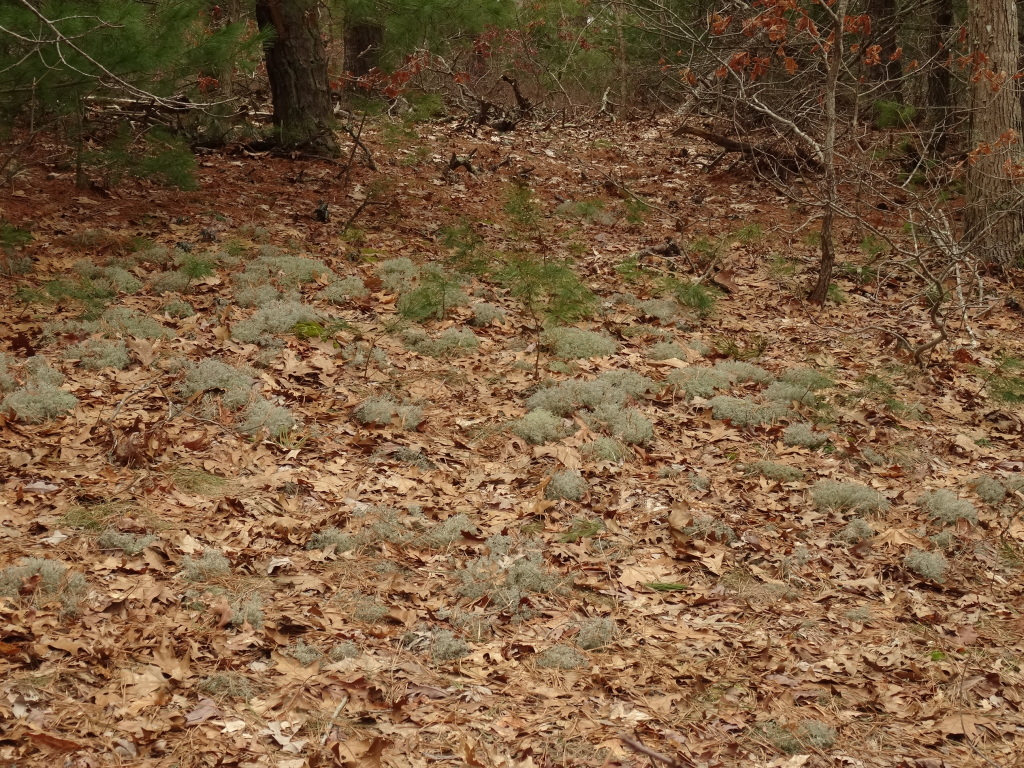 Not only is reindeer lichen a favorite food of reindeer in areas where they live–which is not on Cape Cod–but a close up will show you that the little branches look like reindeer antlers. I have seen this in a lot of places but not in a big patch like this one! Mary told us the patches are few and far between on the Cape…
Not only is reindeer lichen a favorite food of reindeer in areas where they live–which is not on Cape Cod–but a close up will show you that the little branches look like reindeer antlers. I have seen this in a lot of places but not in a big patch like this one! Mary told us the patches are few and far between on the Cape…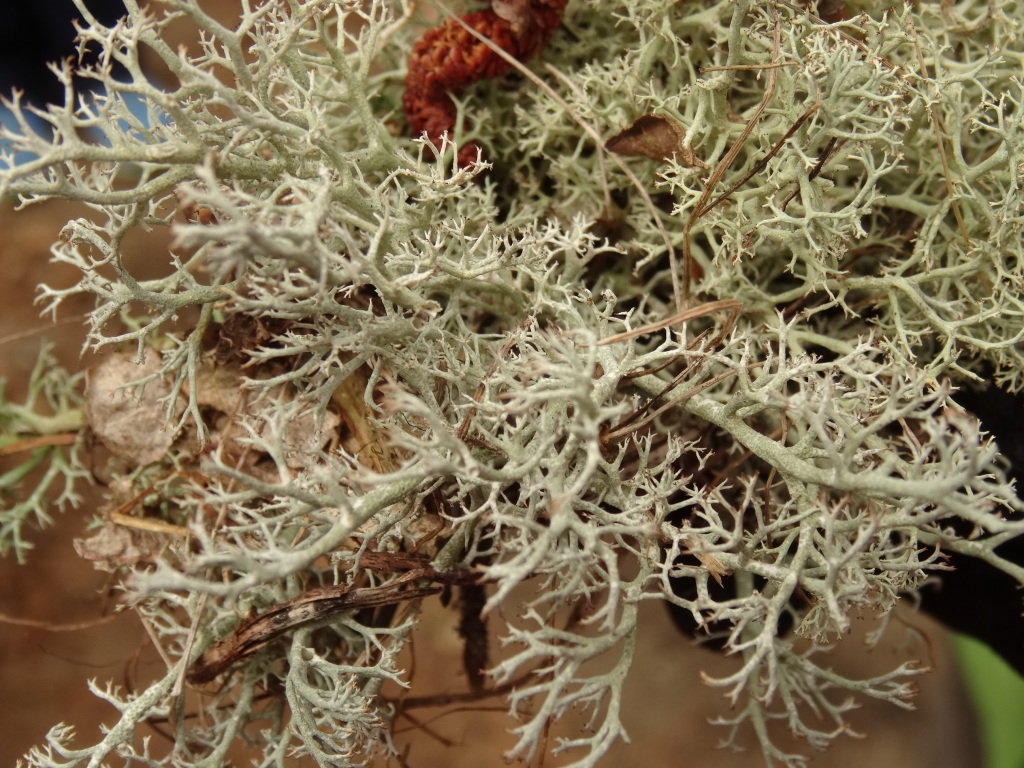 We also found little holes like these on a sunny hillside path….the sun had gone in but it was still warm when we found them….
We also found little holes like these on a sunny hillside path….the sun had gone in but it was still warm when we found them….
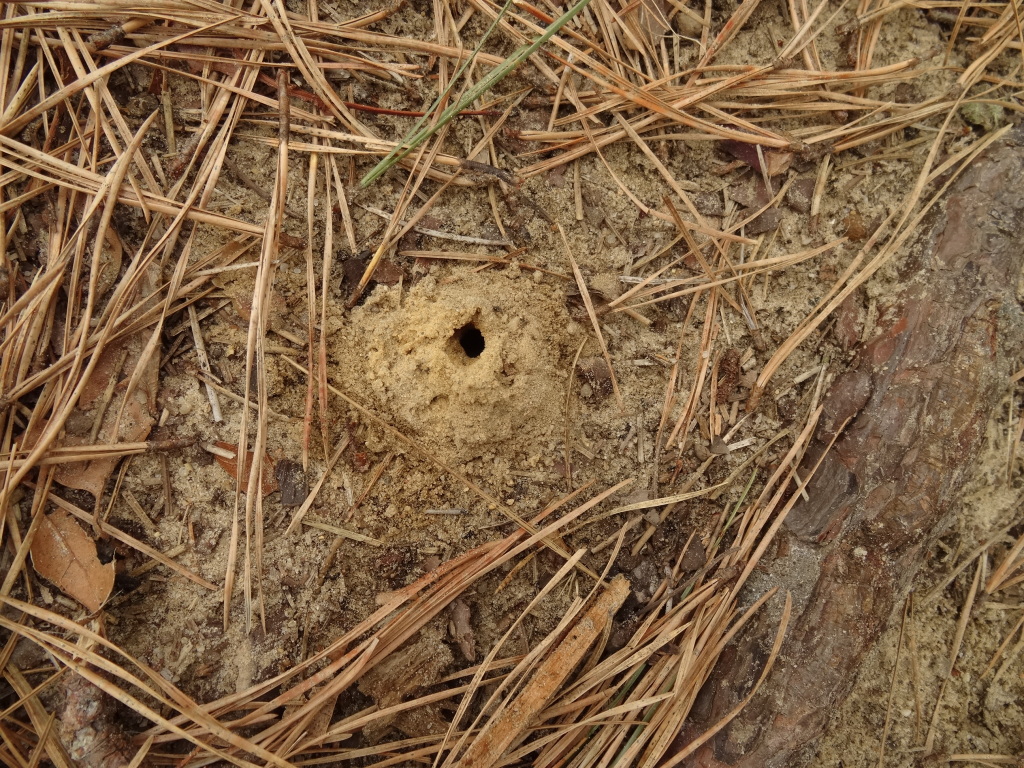
Mary thought they might be the little nesting spots of solitary bees and as we looked carefully on the ground we started to see the bees coming out of the dirt. Most were just waking up from the winter!  They lay their eggs in these tunnels and bring pollen in that will feed the larvae when they hatch. How cool is that?
They lay their eggs in these tunnels and bring pollen in that will feed the larvae when they hatch. How cool is that?
We heard and saw the usual birds but a belted kingfisher gave us a nice close look and we watched both osprey and a Cooper’s hawk fly overhead.
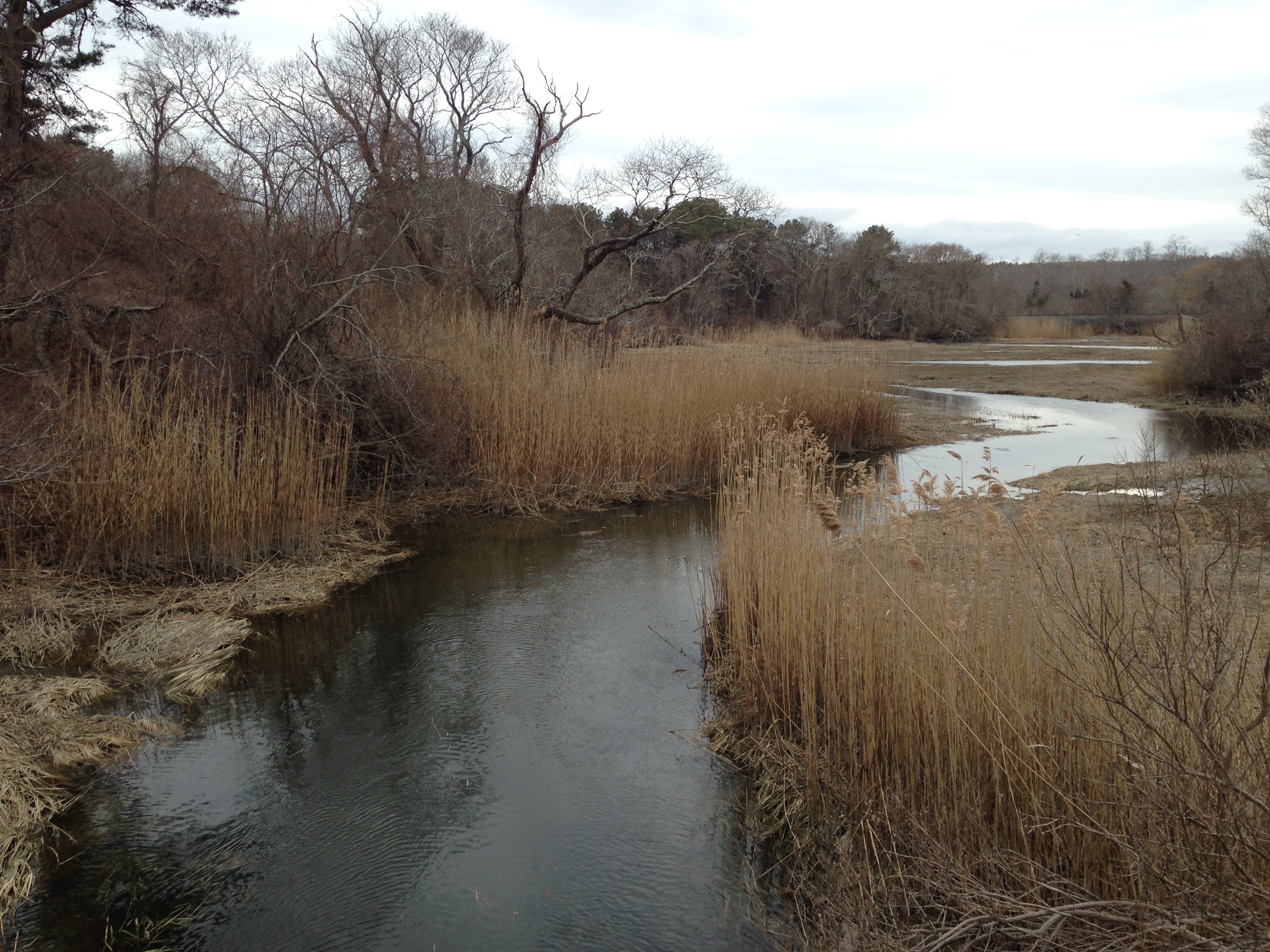
Check the links that are highlighted to find more information about each group’s walks. If you’d rather just go walking by yourself, there are also lots of good books out there as well, with maps and info.
Just get outside. And take a kid or two or three!
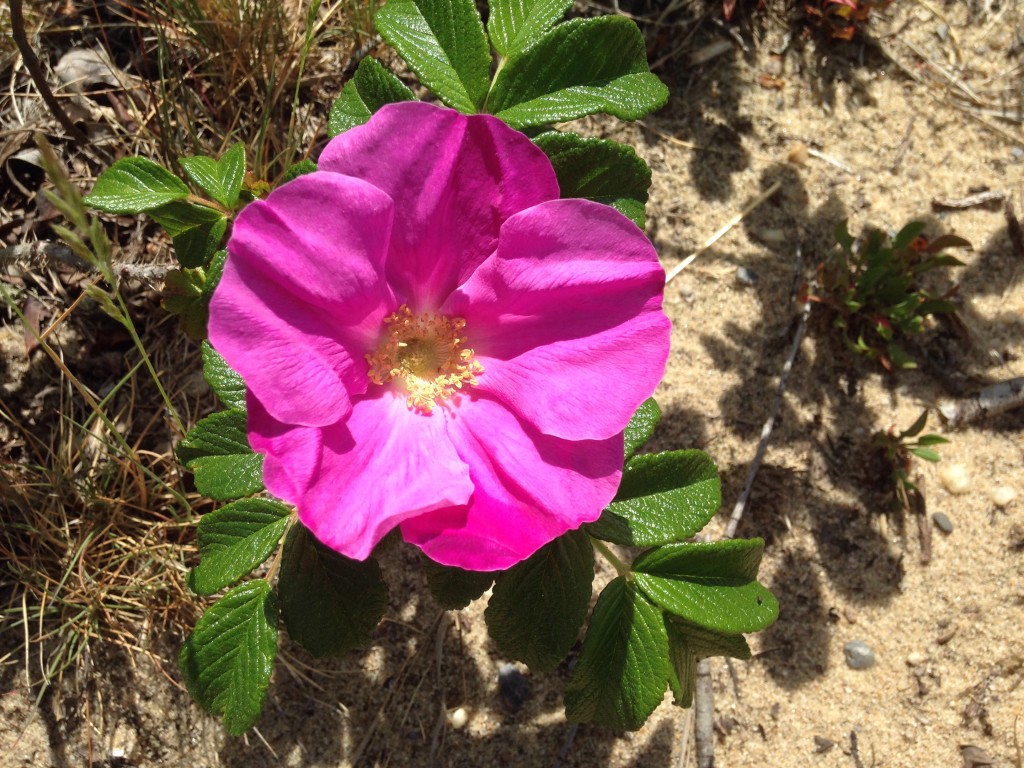 Rosa rugosa, our favorite beach rose is so iconic that it is regularly featured on all sorts of promotional materials for the Cape and Islands. It is not native, however, having been brought over from Asia in the 1800s.
Rosa rugosa, our favorite beach rose is so iconic that it is regularly featured on all sorts of promotional materials for the Cape and Islands. It is not native, however, having been brought over from Asia in the 1800s.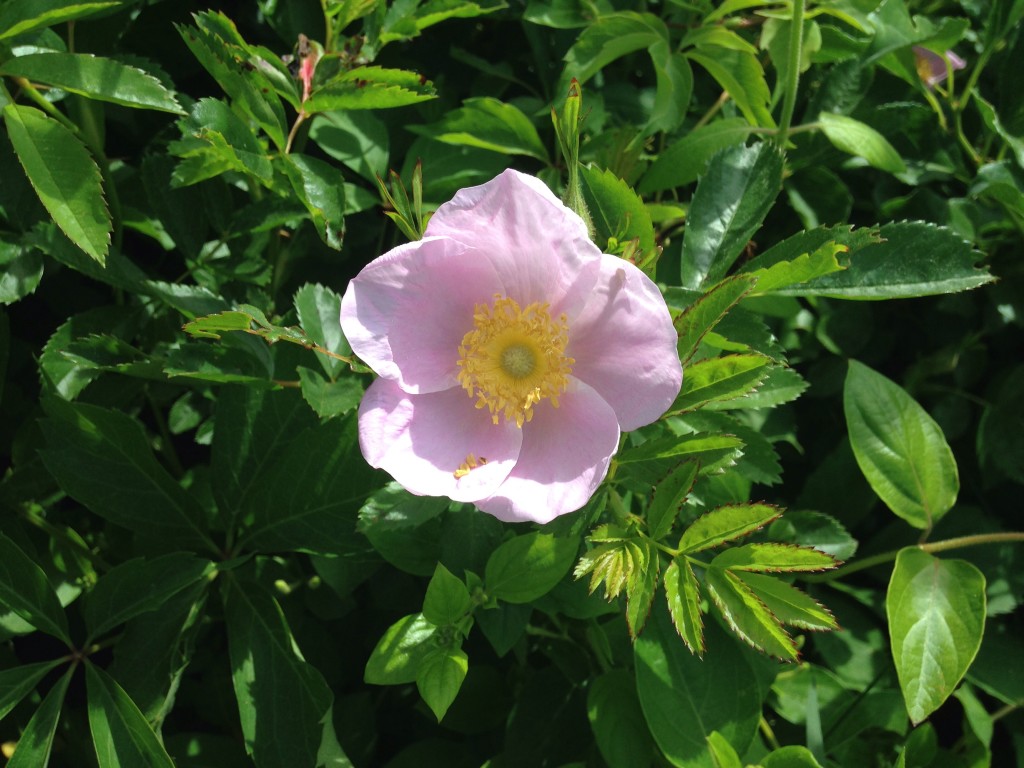 We do have a local wild rose though. This sweet pink rose is not as showy or robust as the Rosa rugosa but it is lovely and smells wonderful. Known as the Virginia rose to many it also goes by other common names as well, such as the prairie rose.
We do have a local wild rose though. This sweet pink rose is not as showy or robust as the Rosa rugosa but it is lovely and smells wonderful. Known as the Virginia rose to many it also goes by other common names as well, such as the prairie rose.
